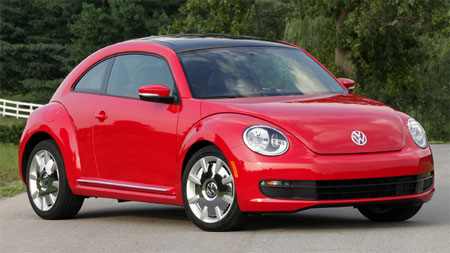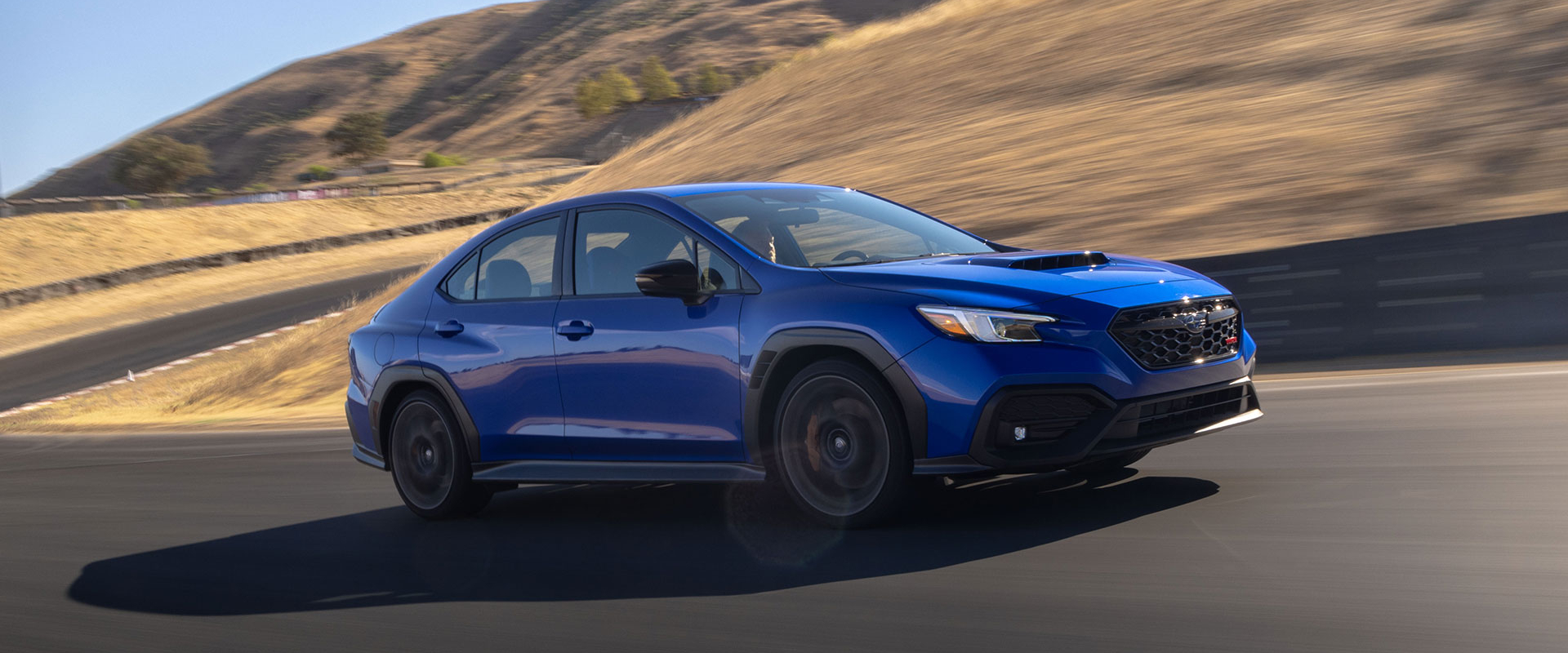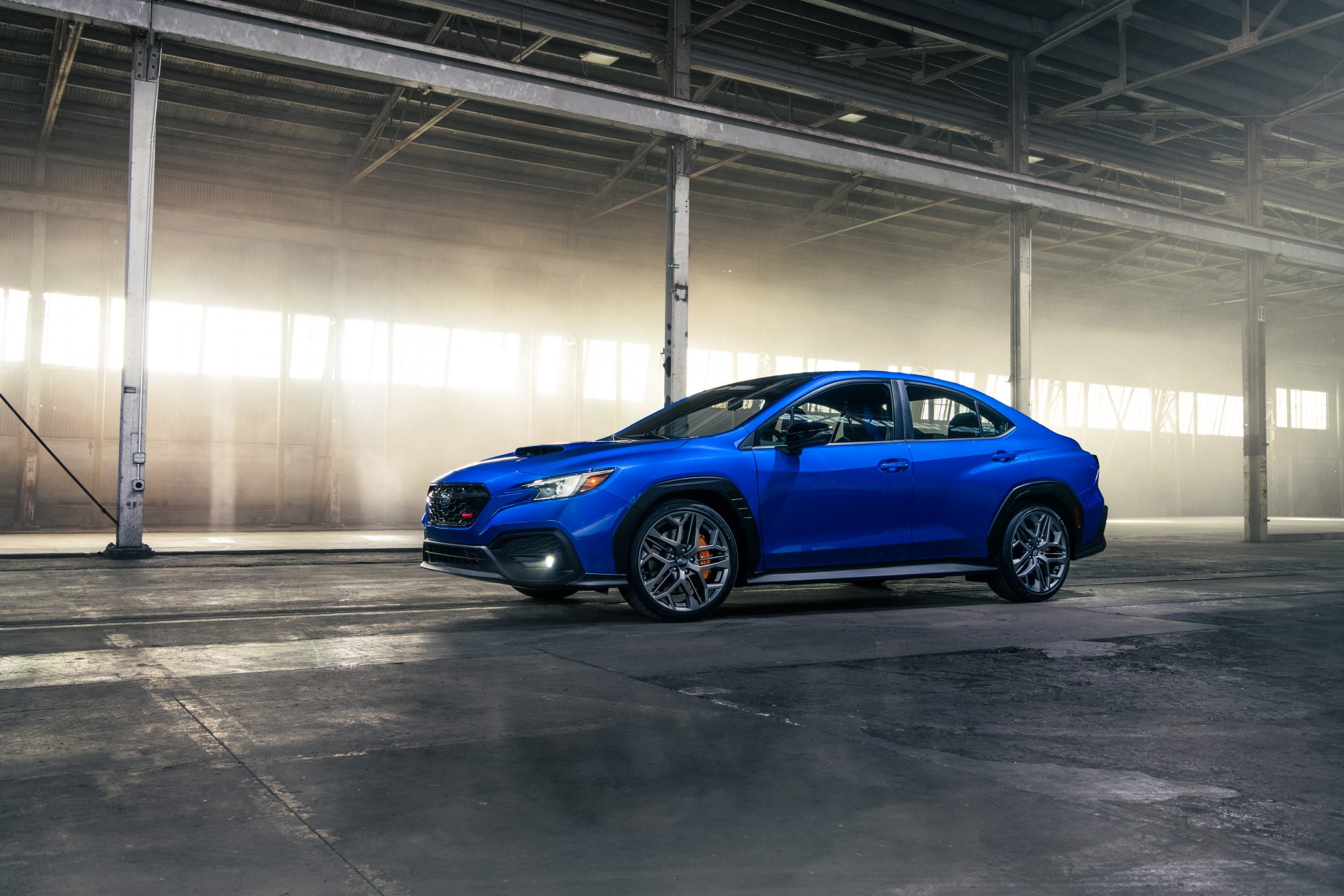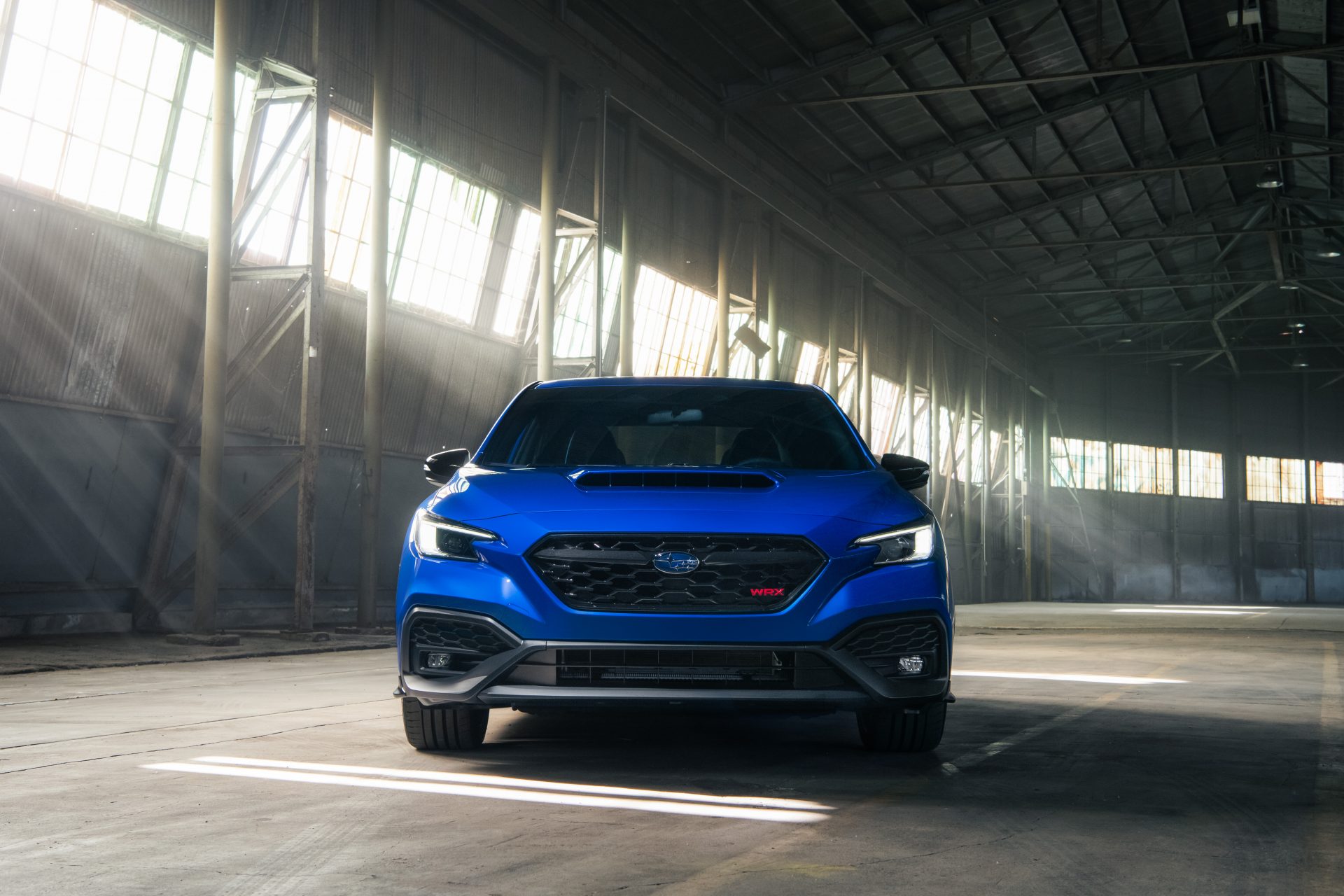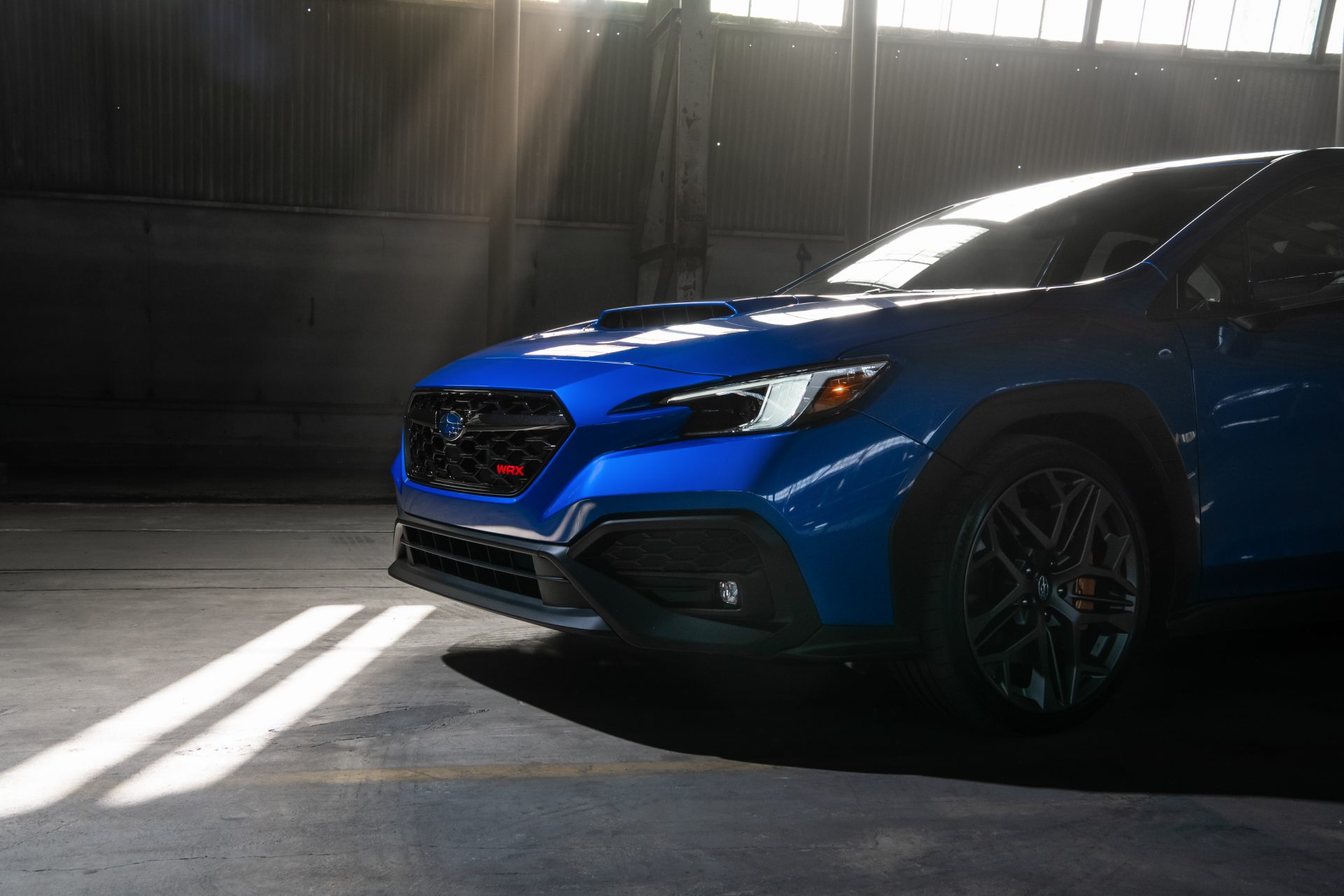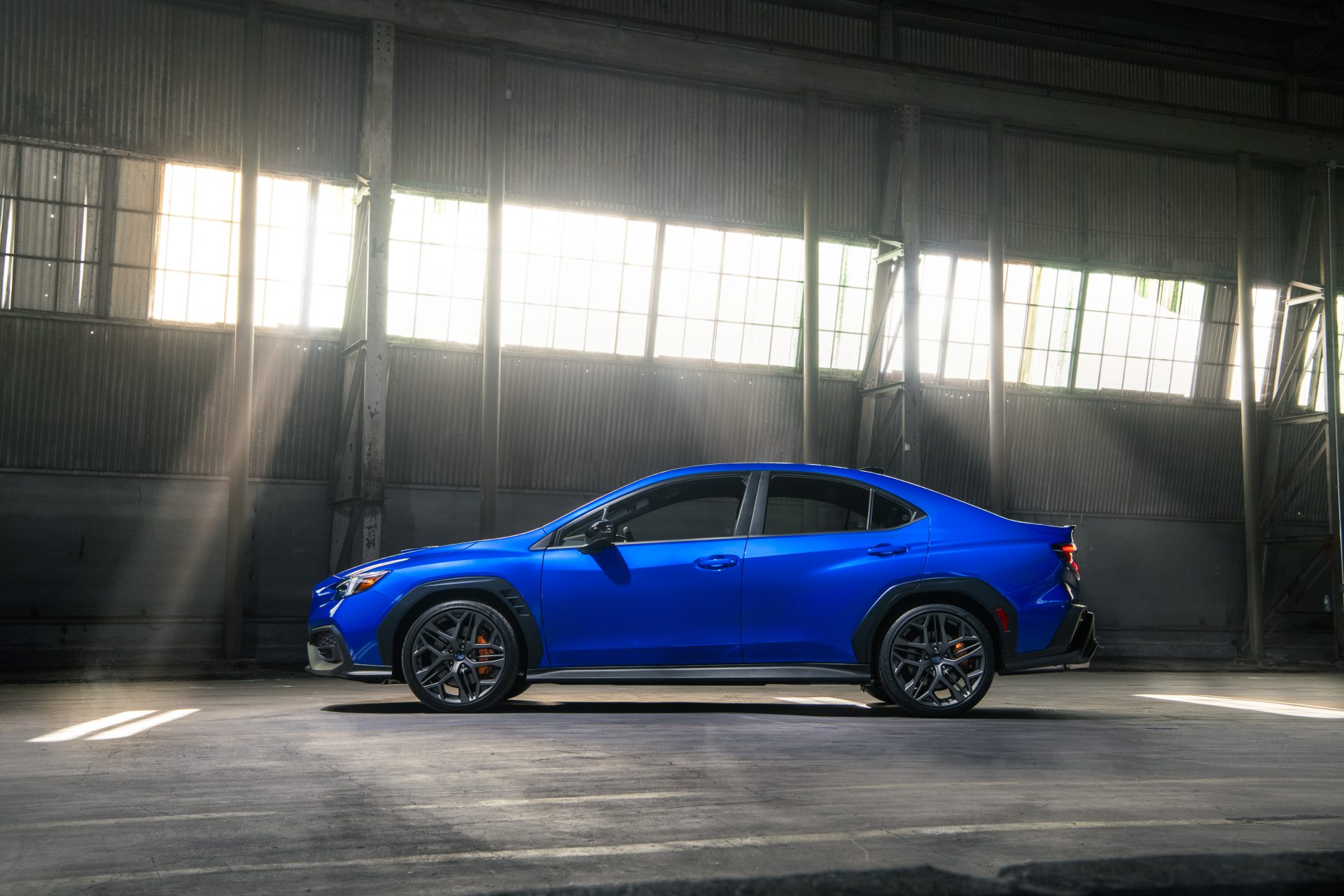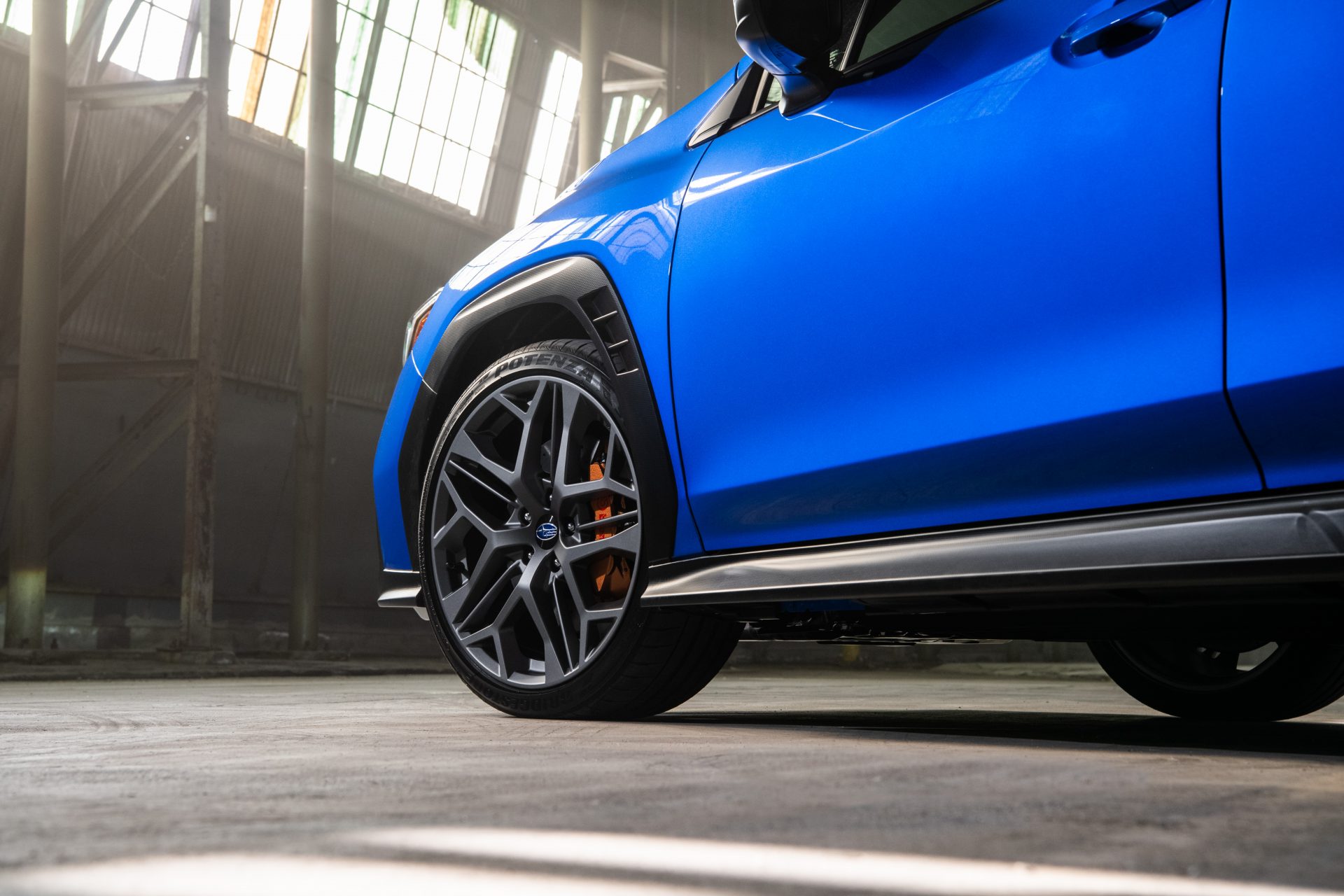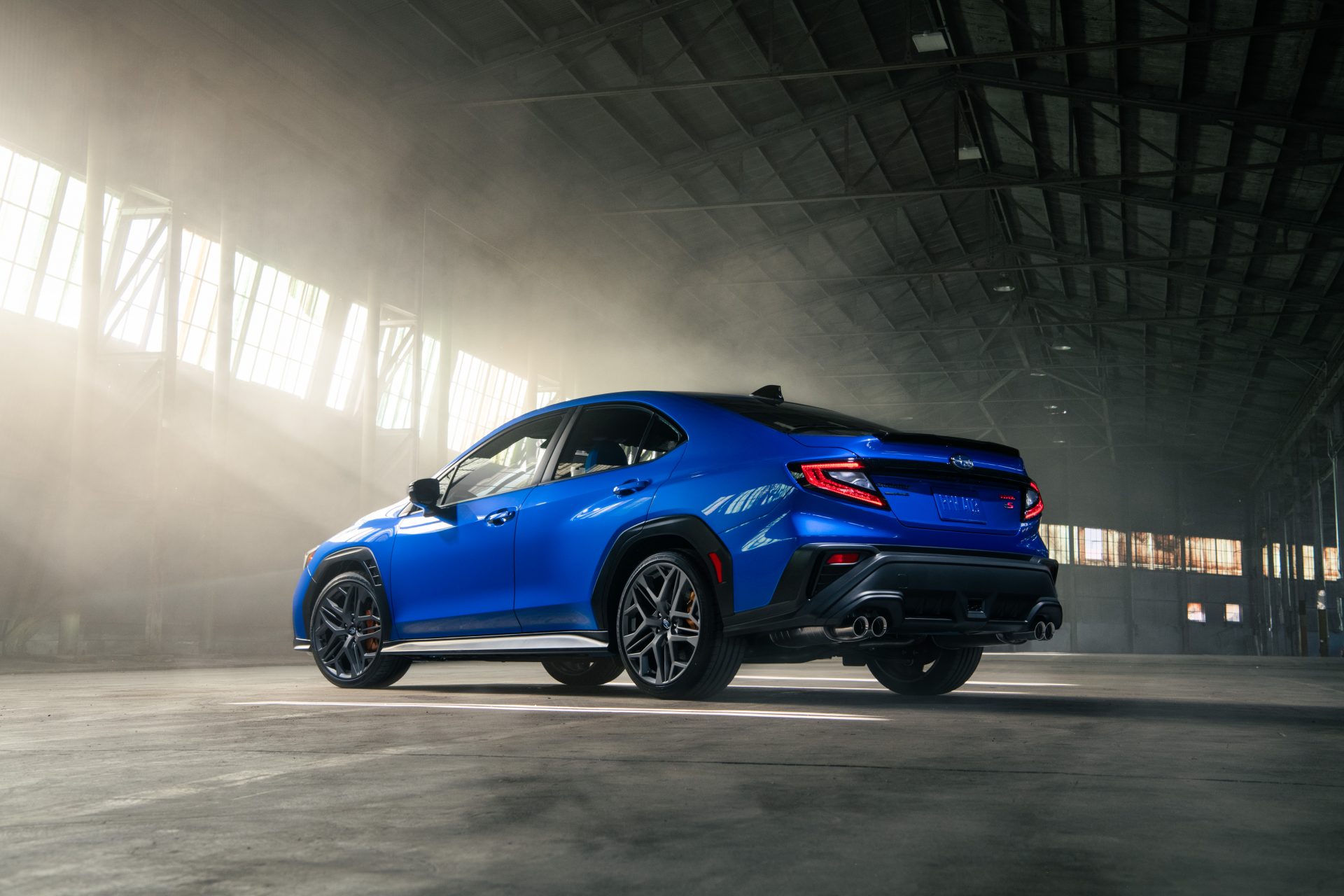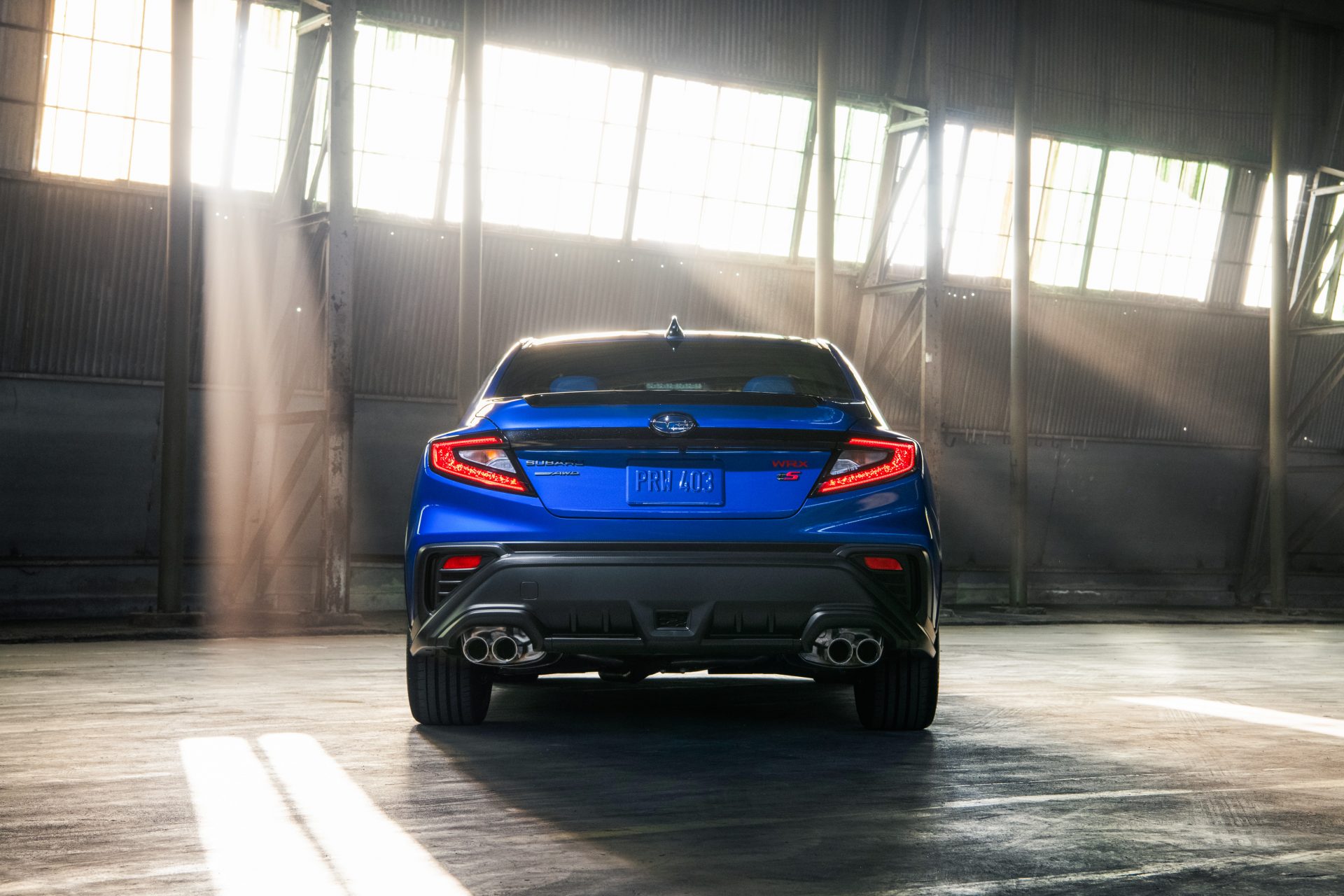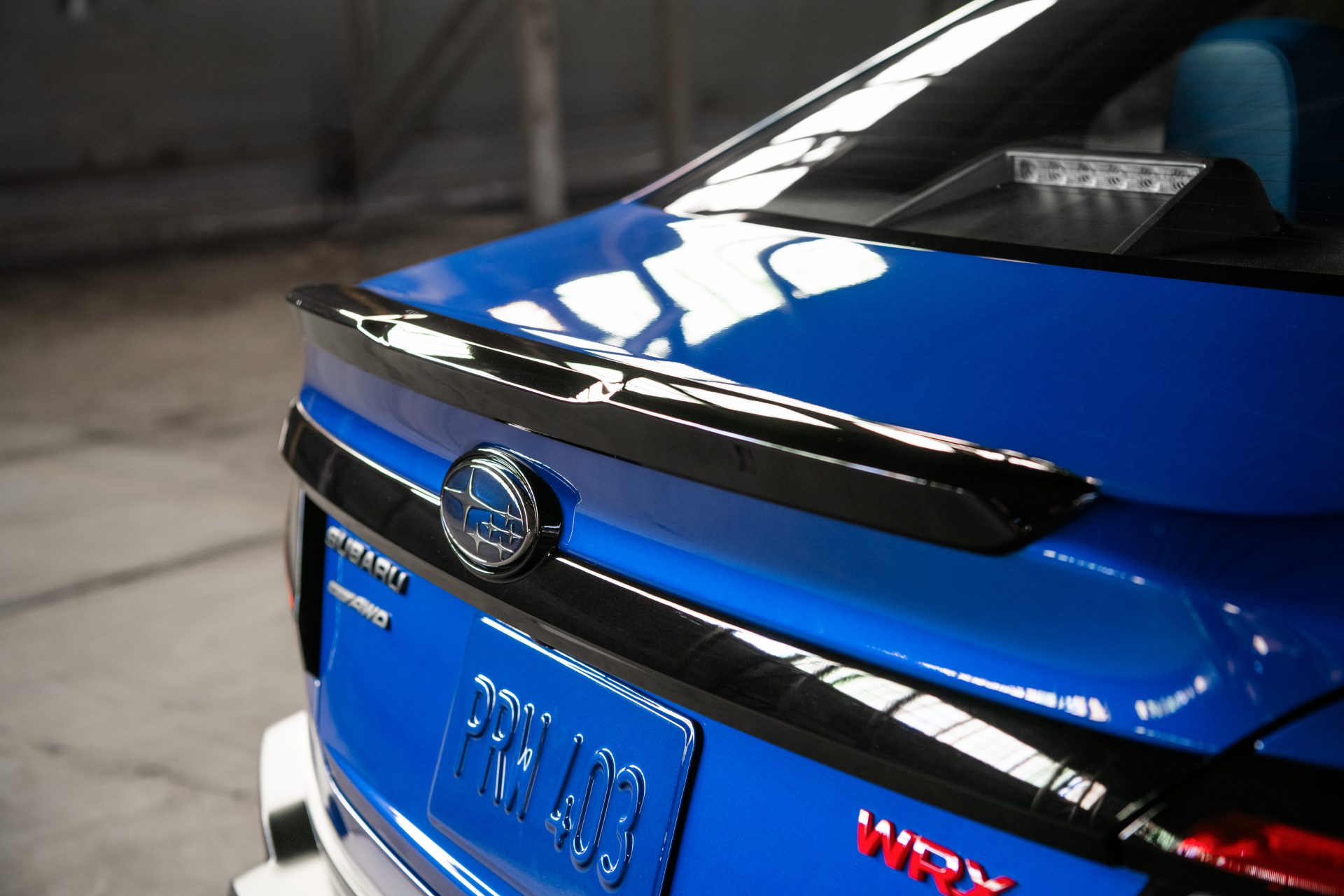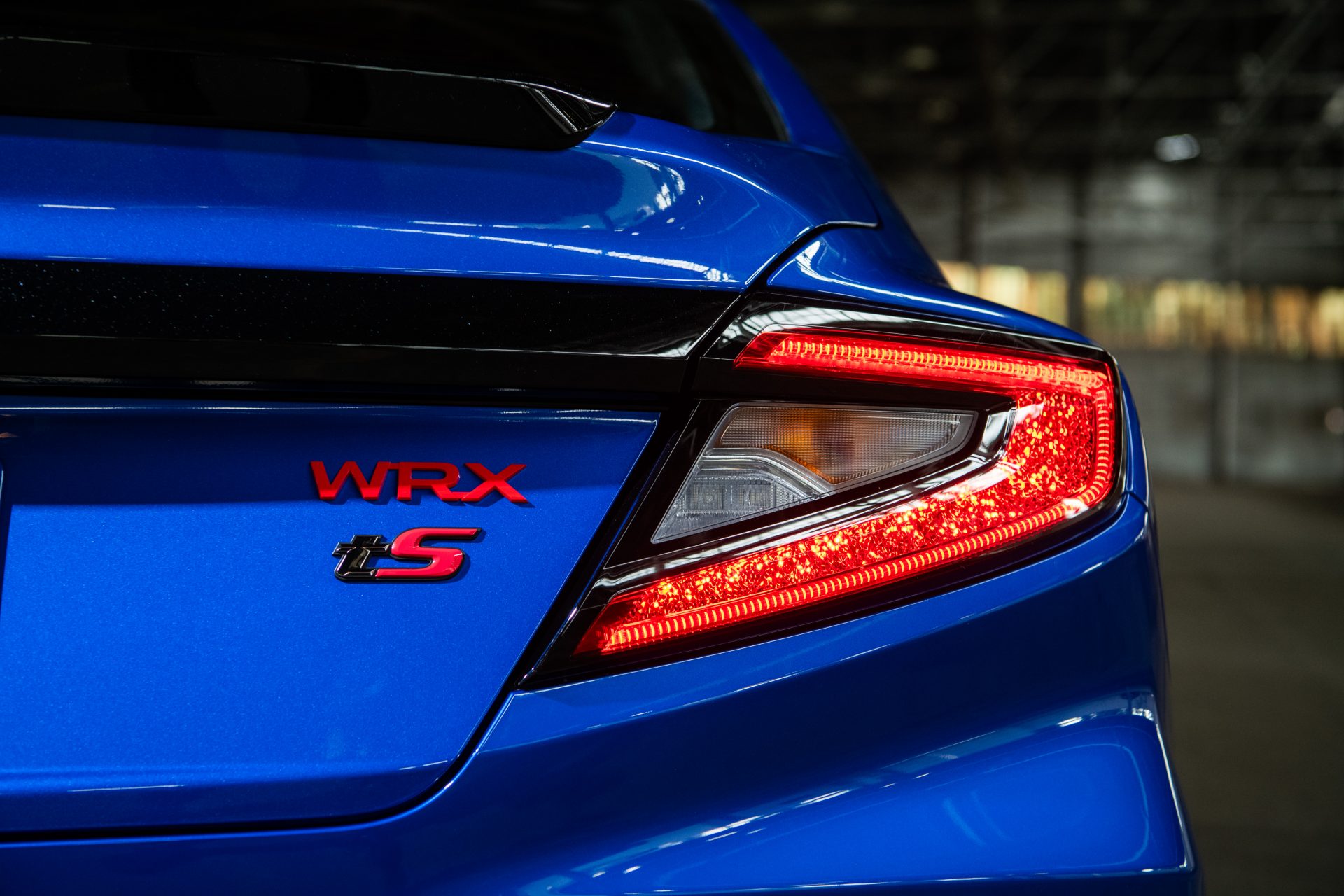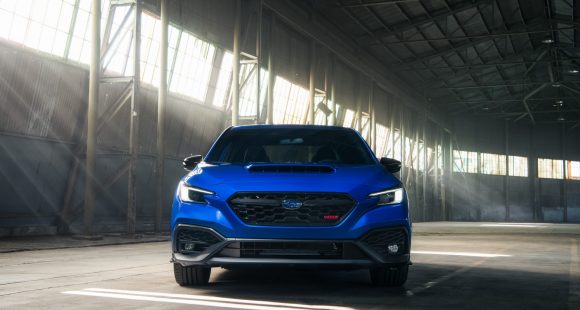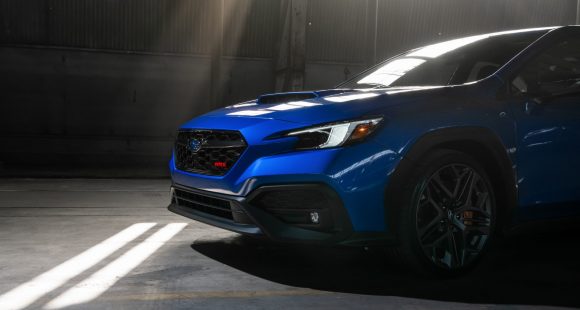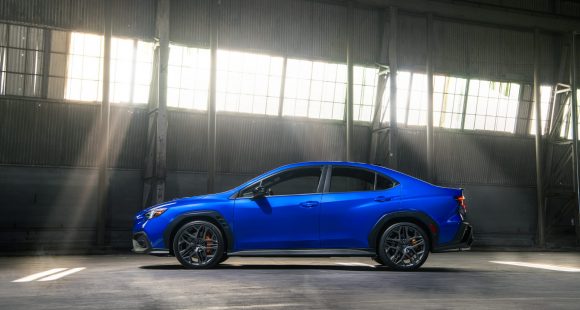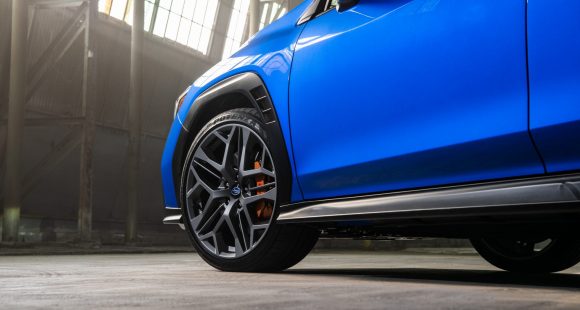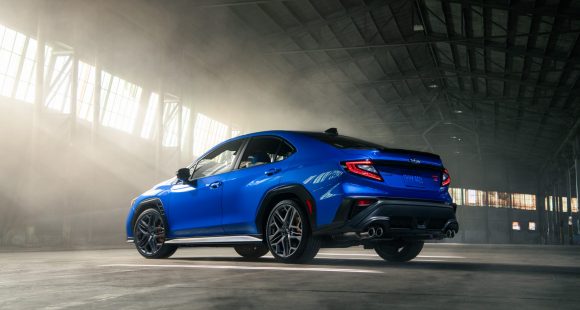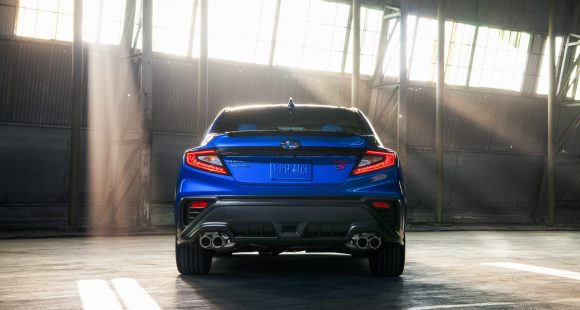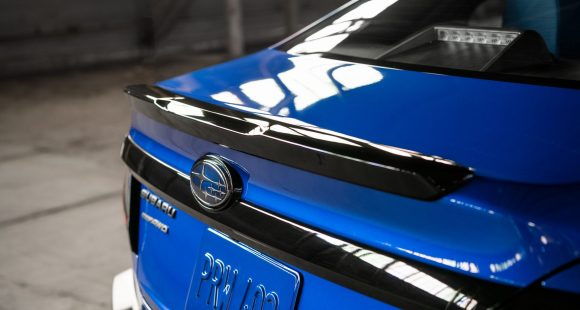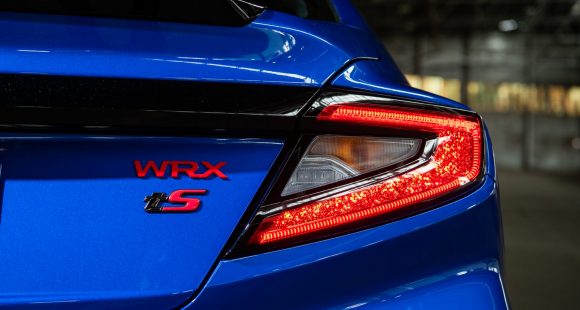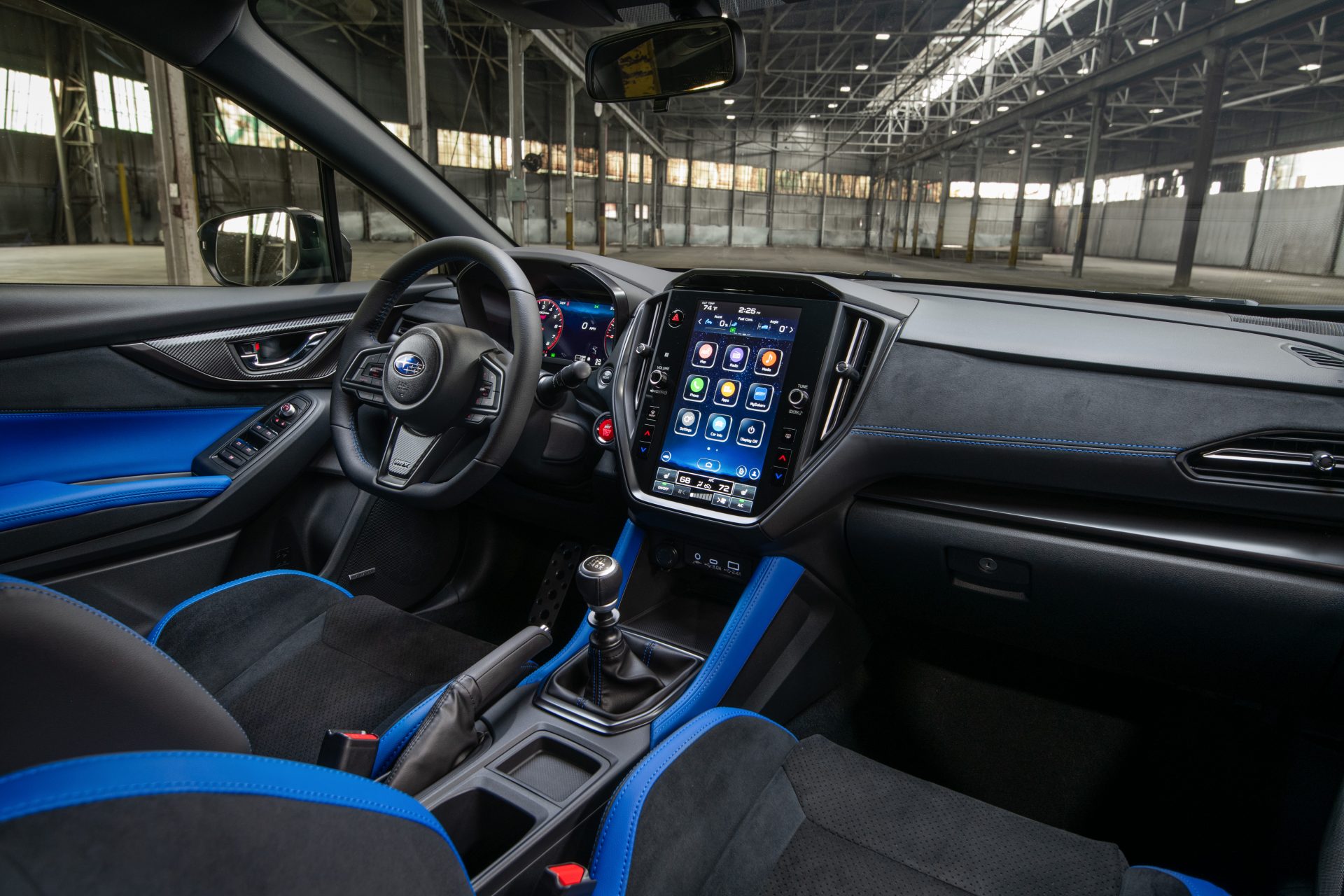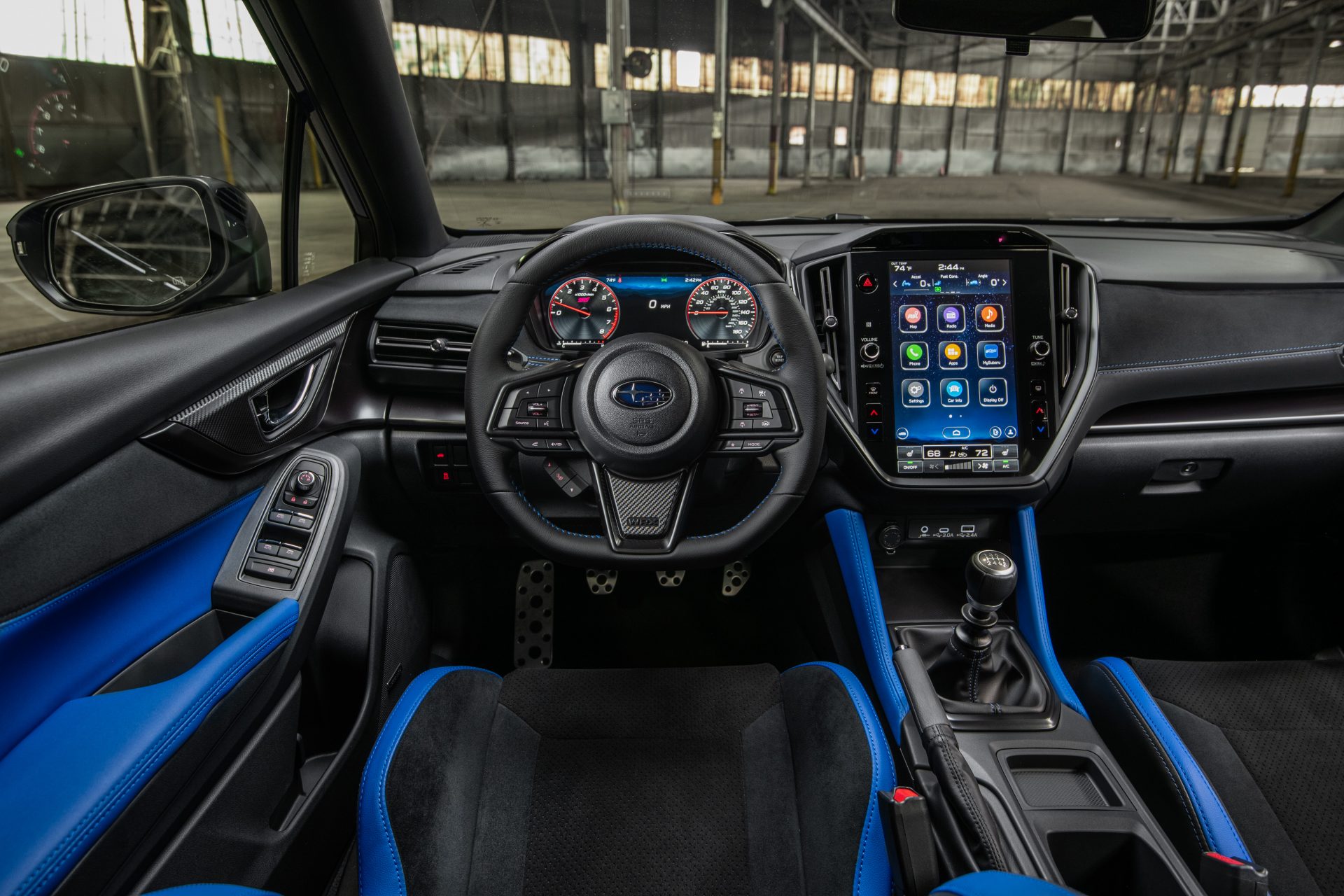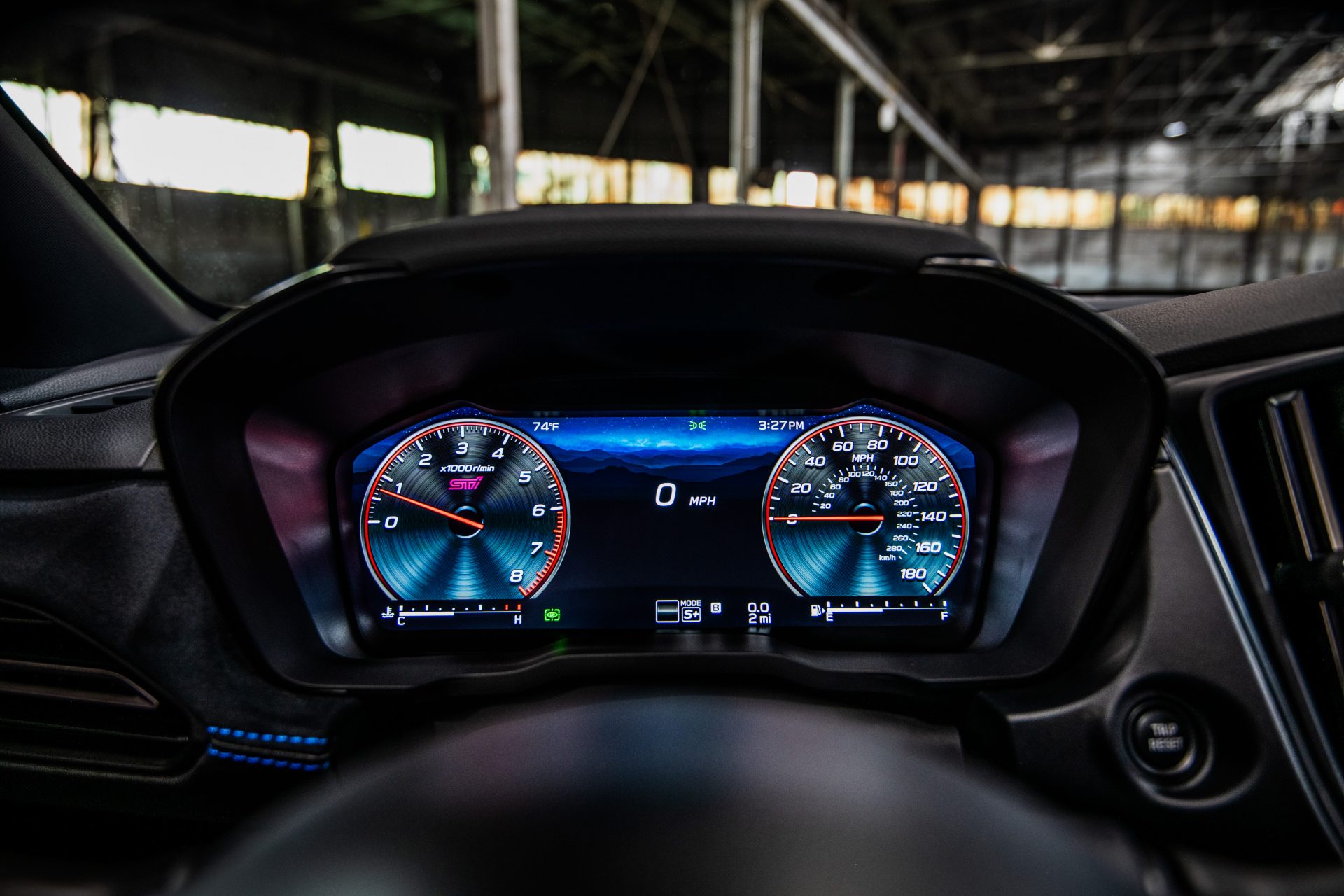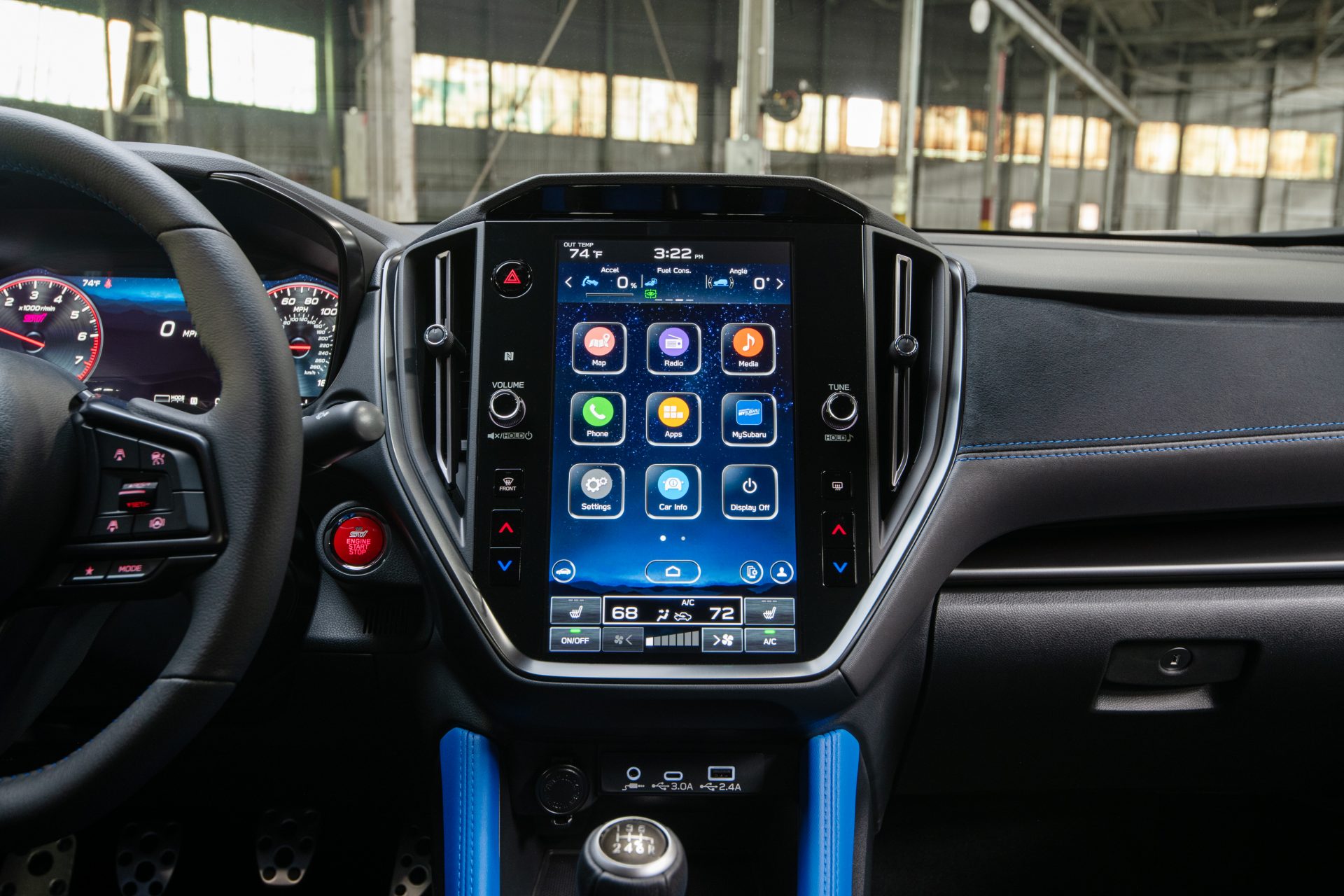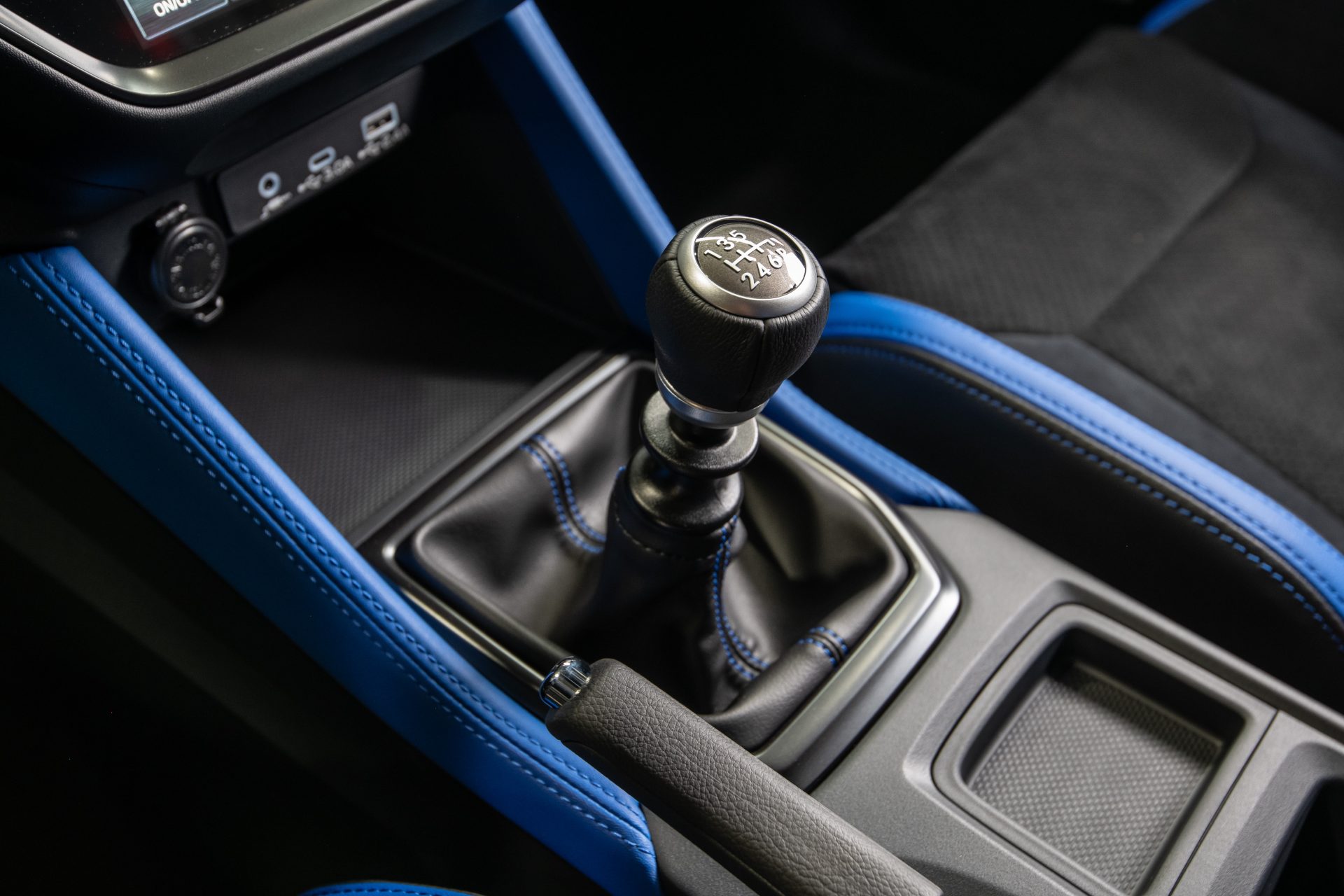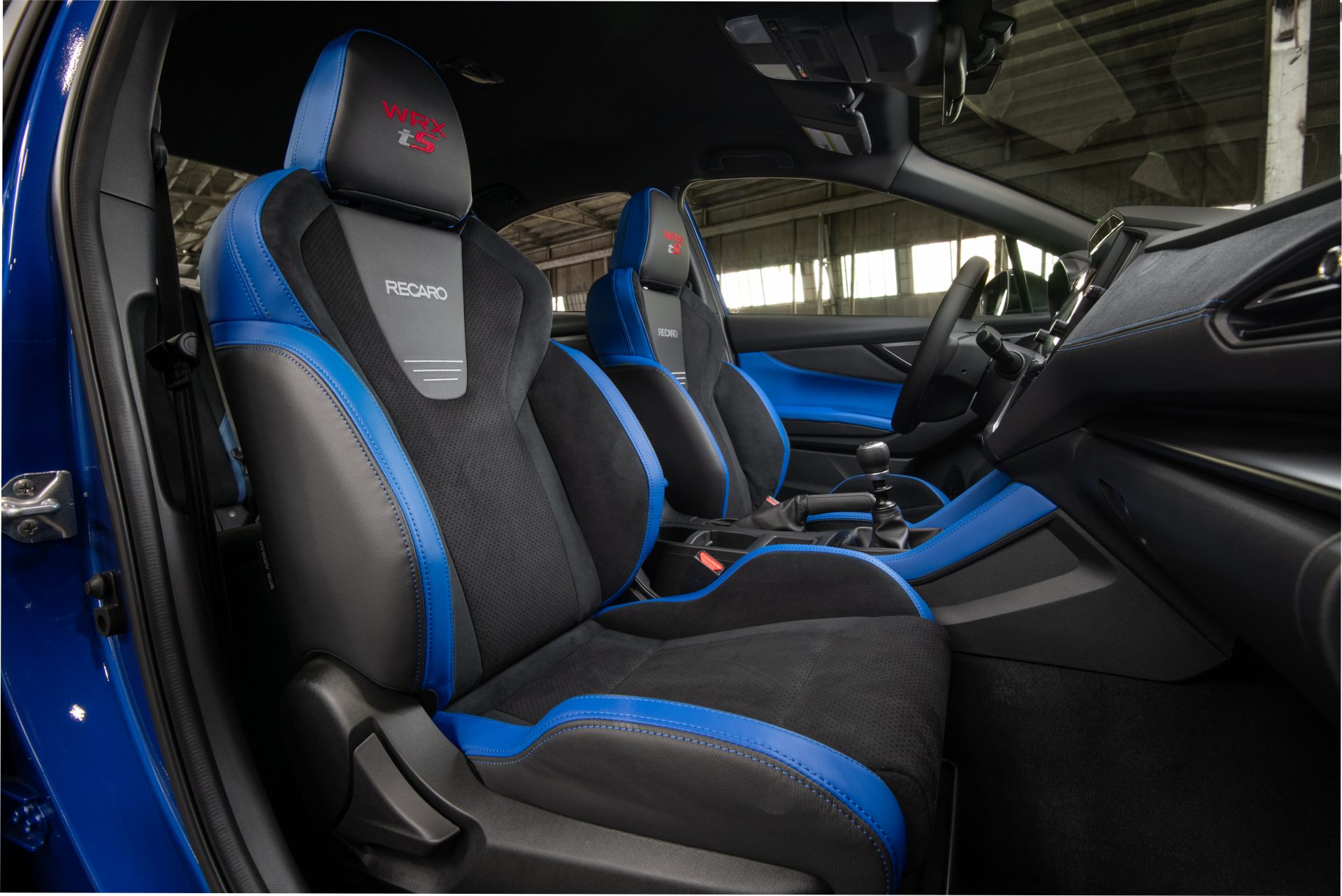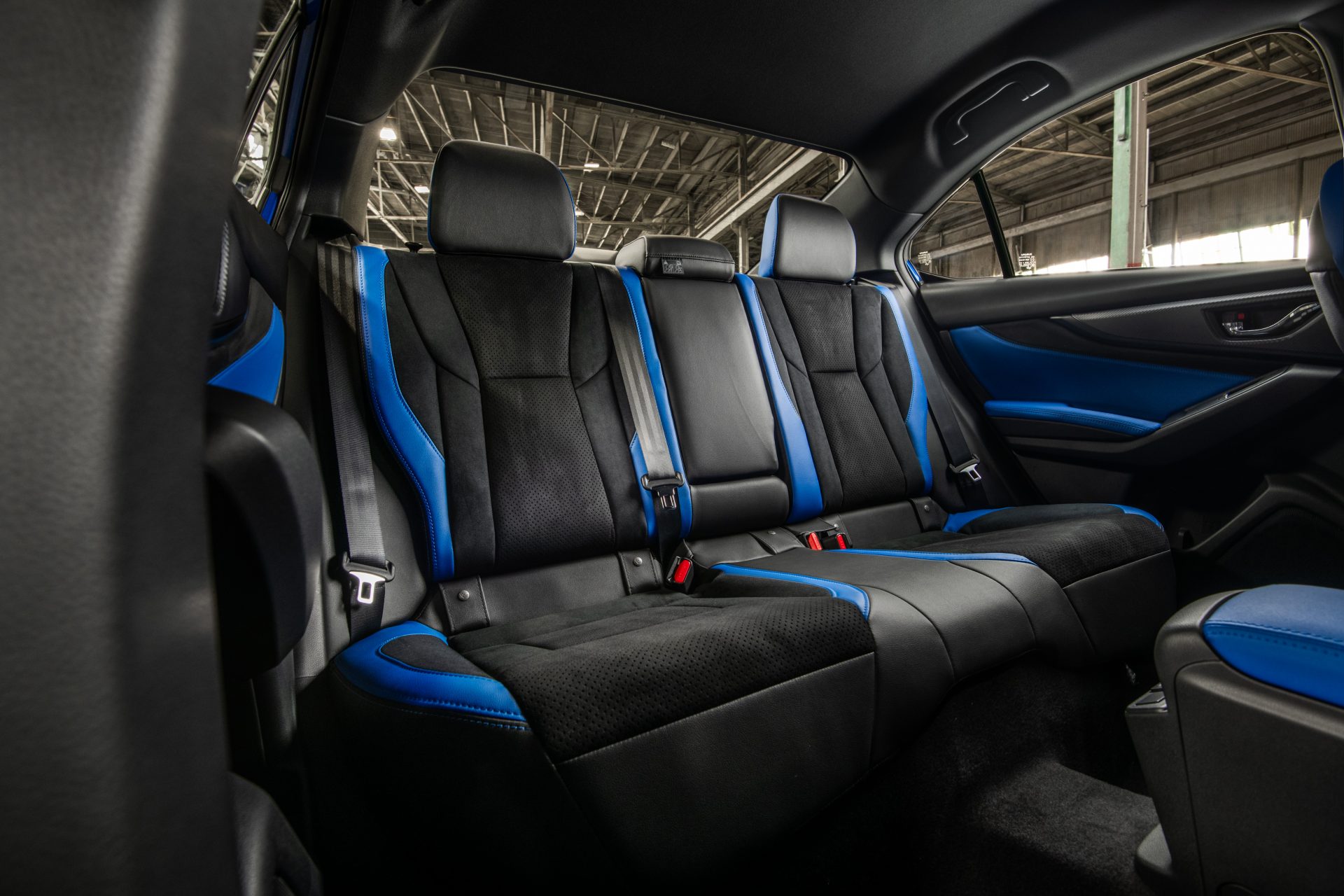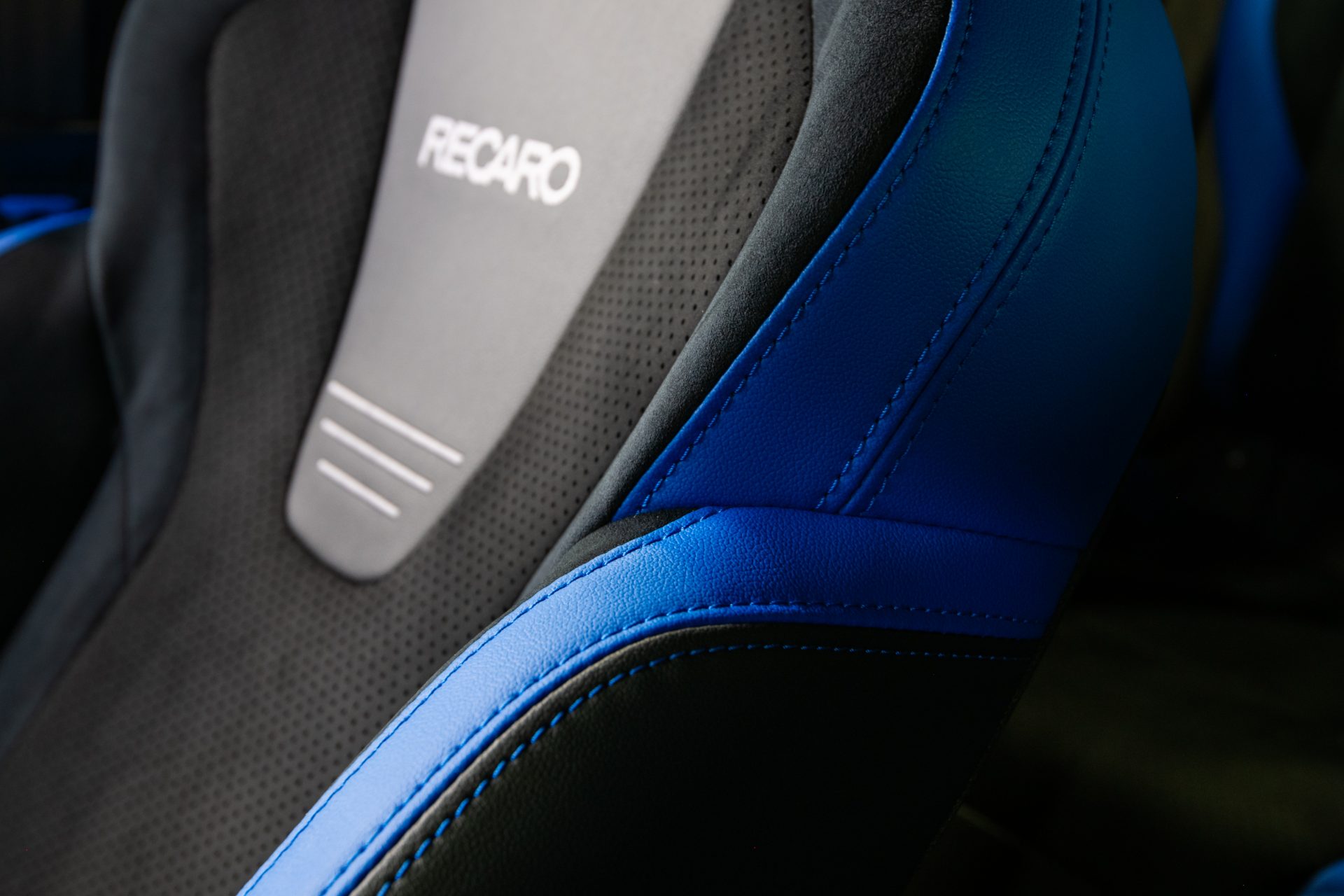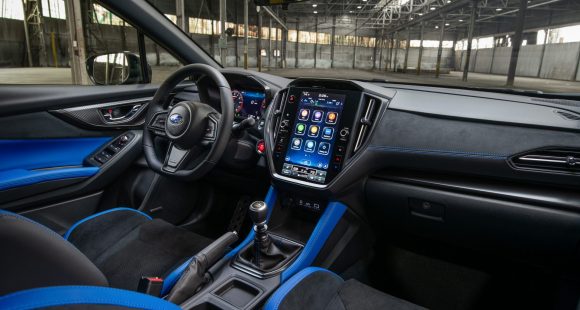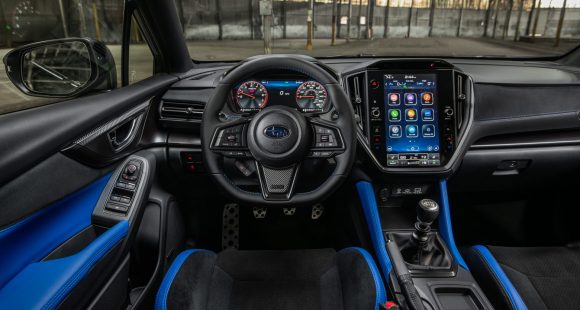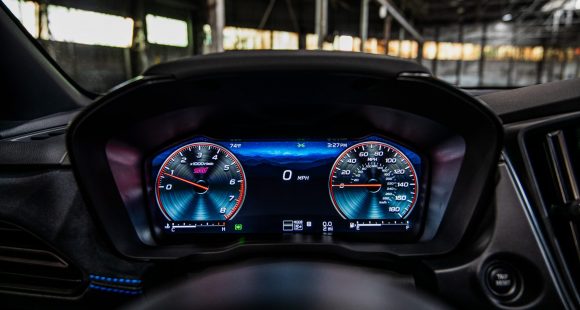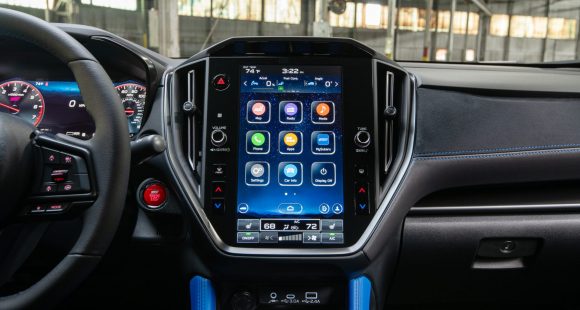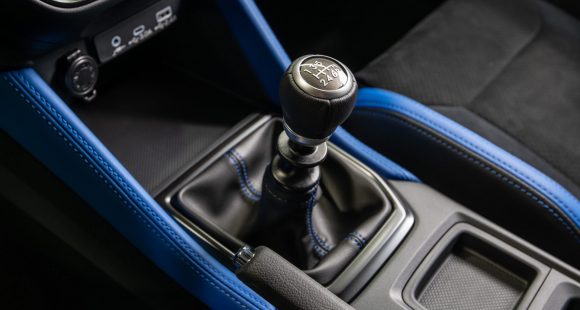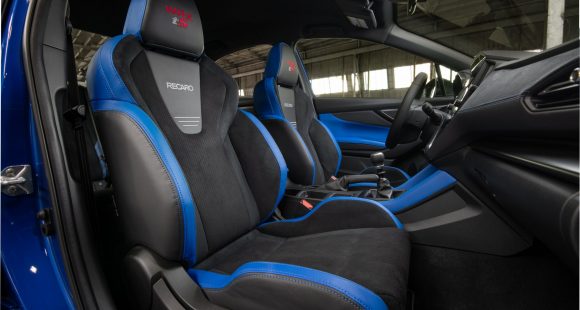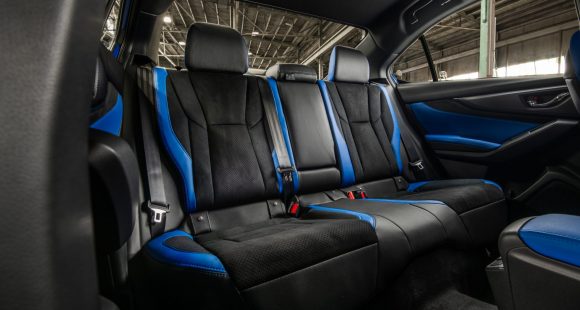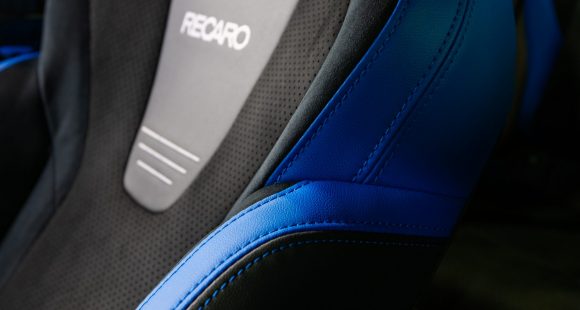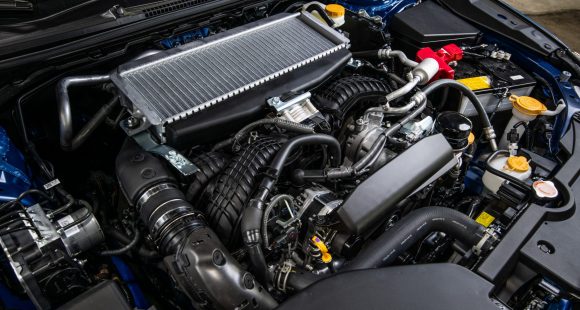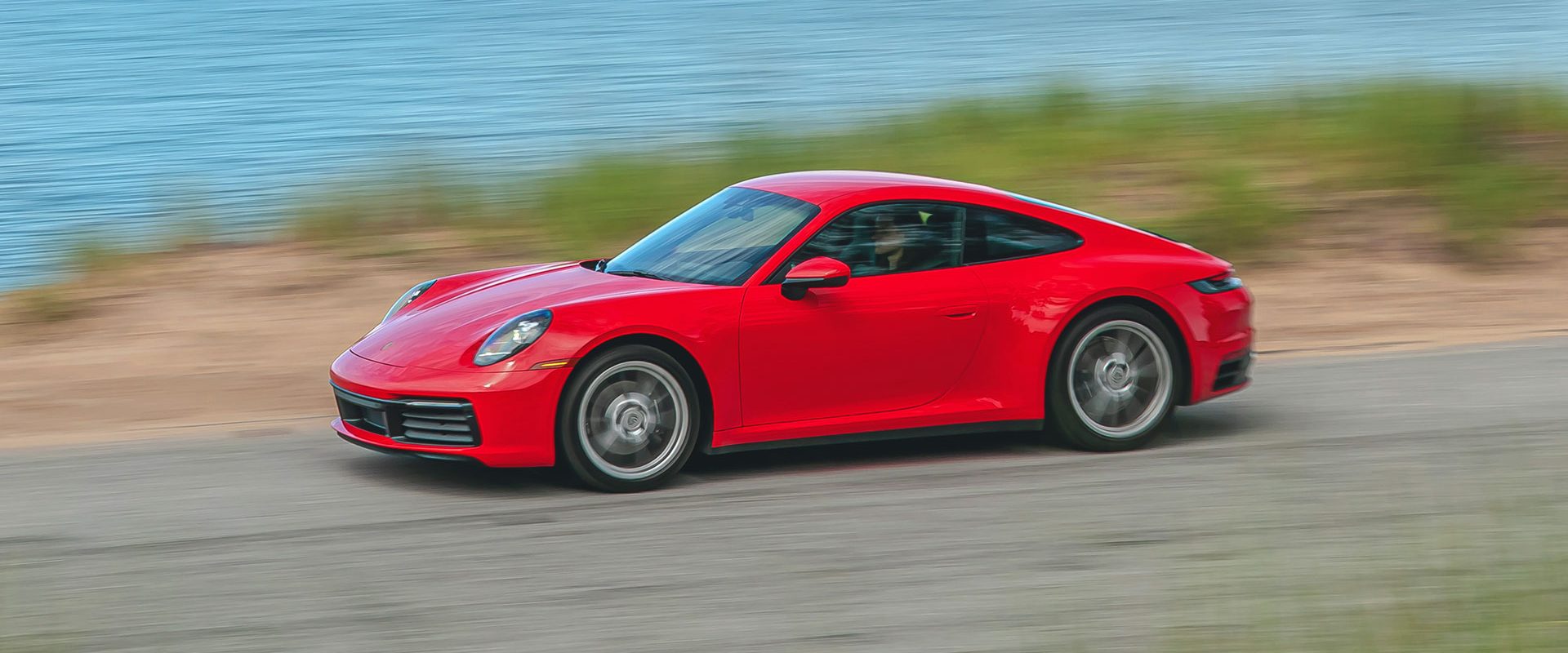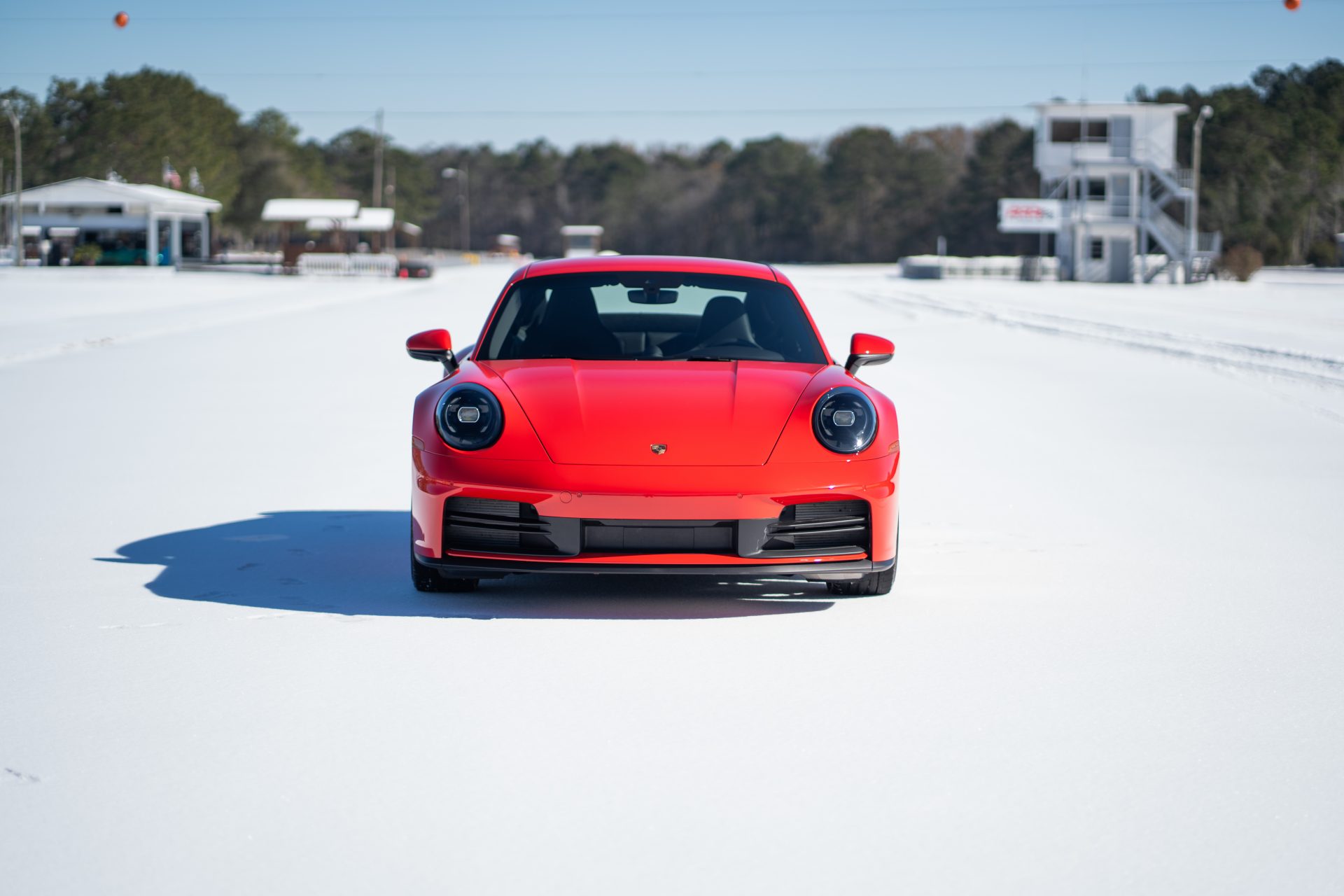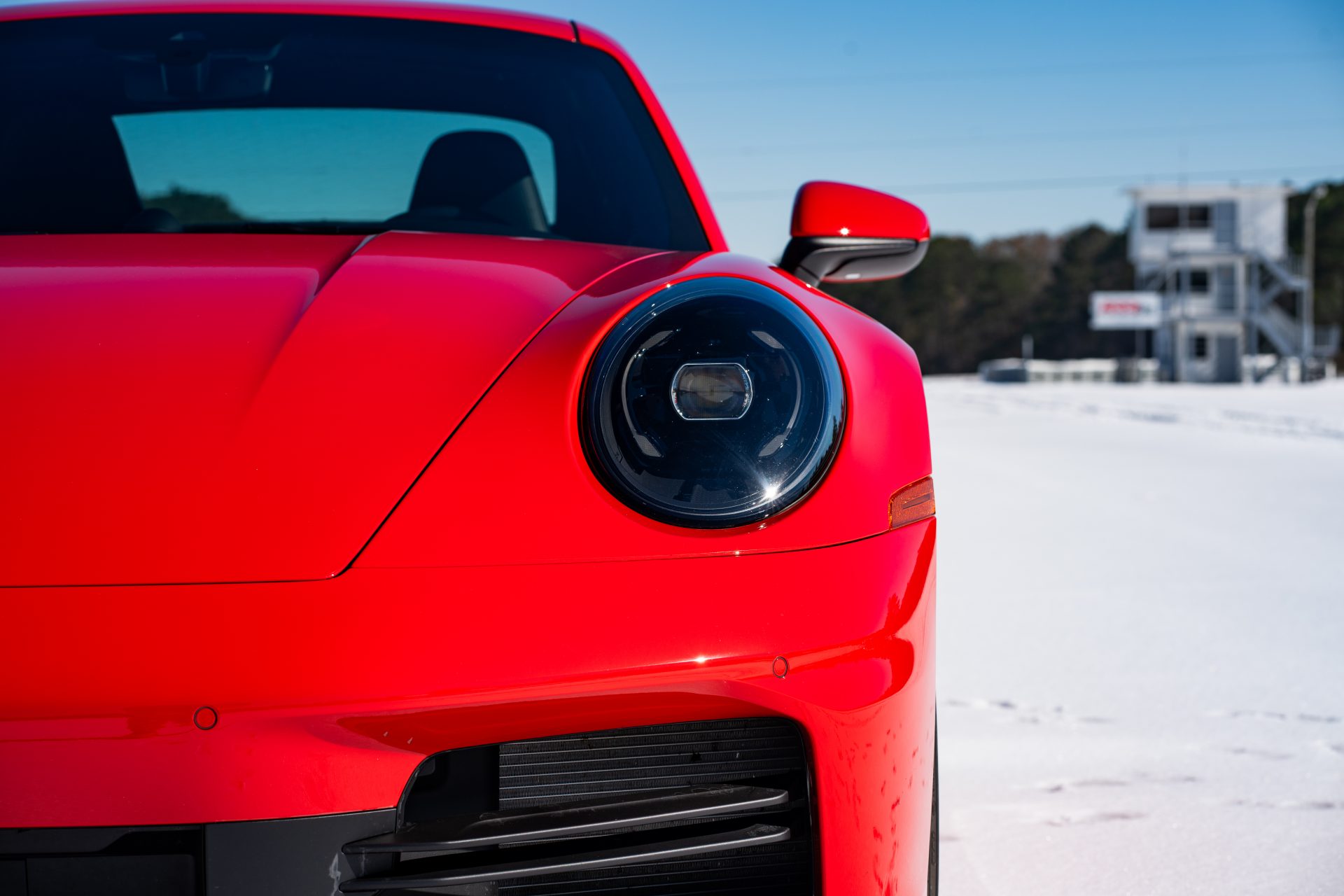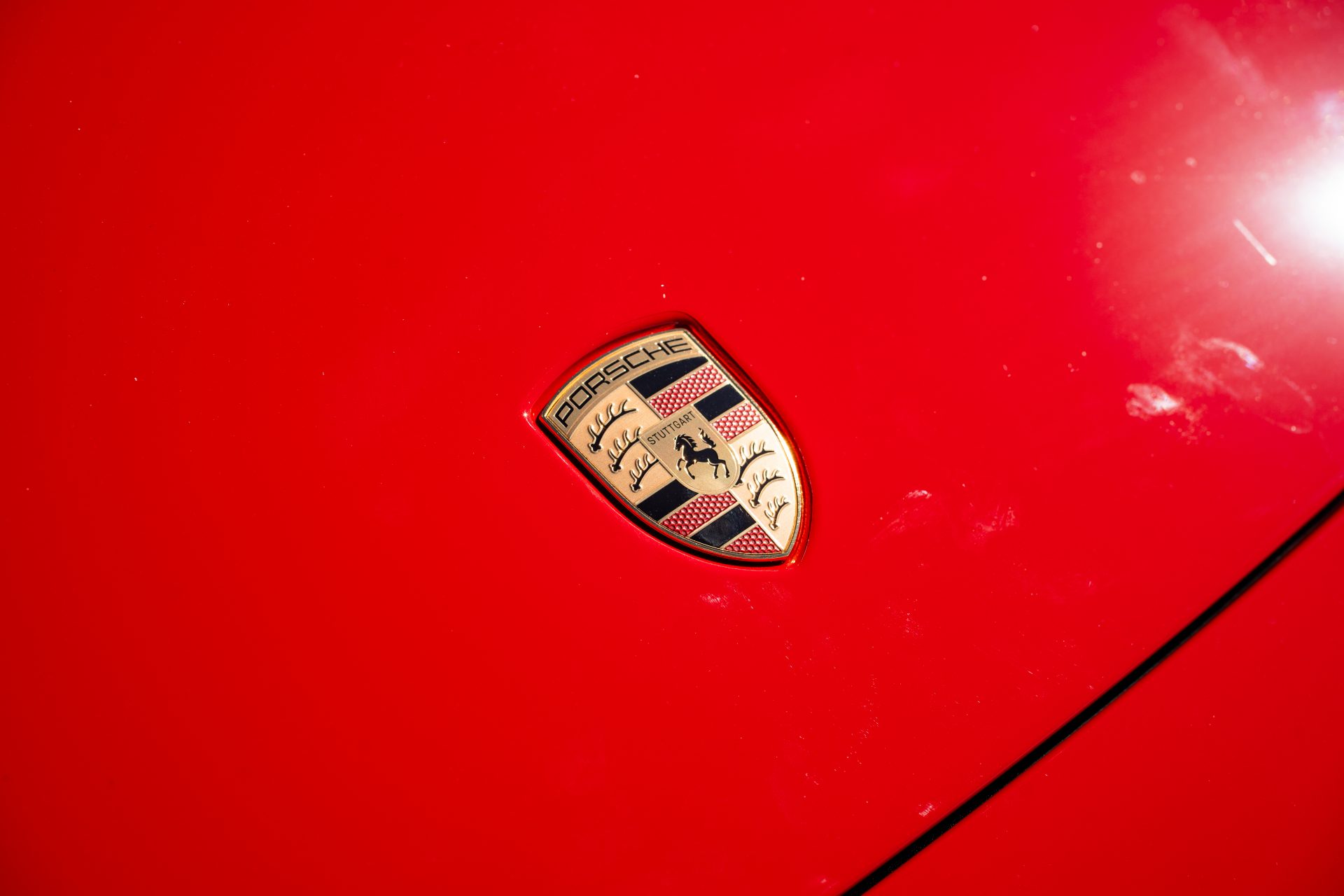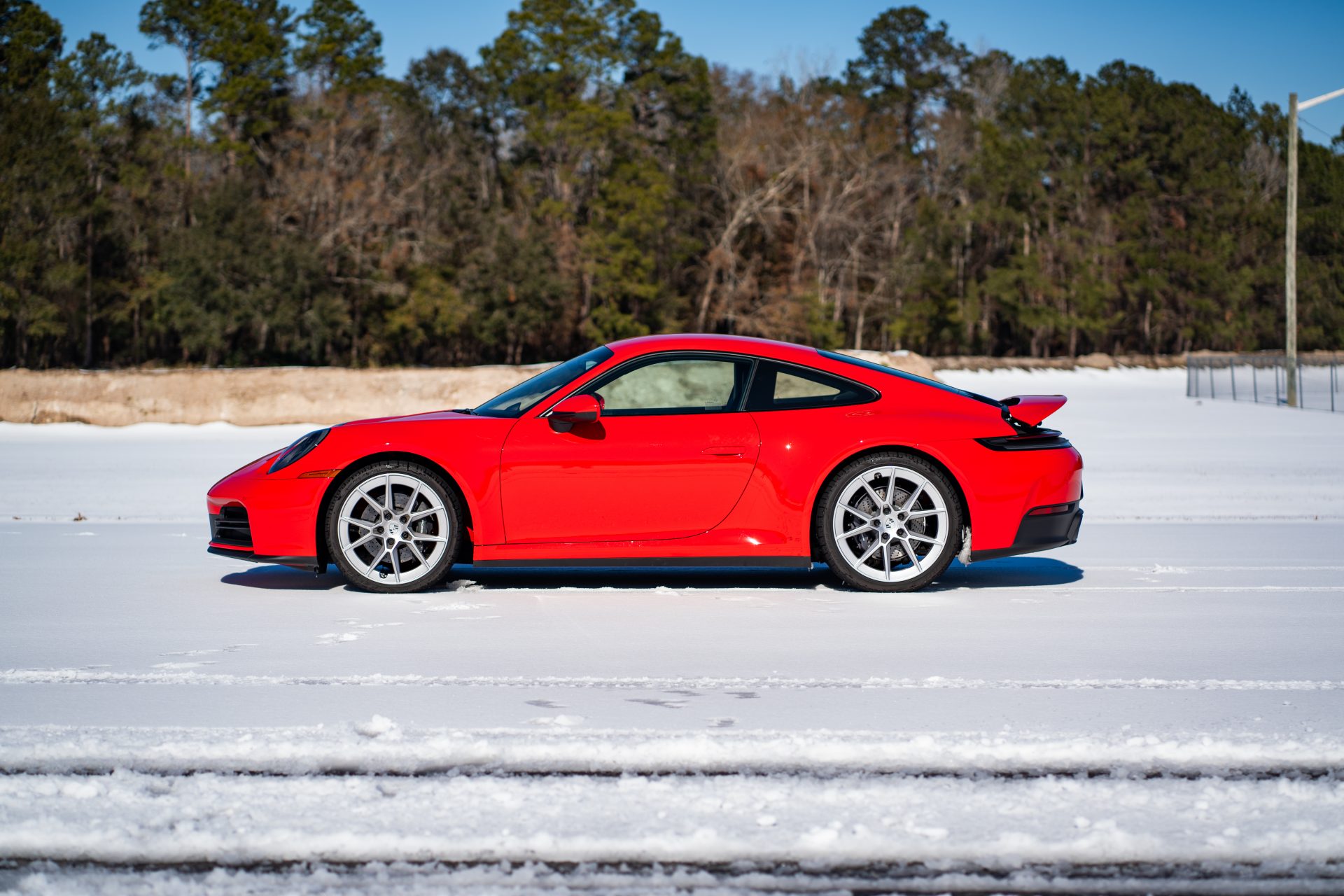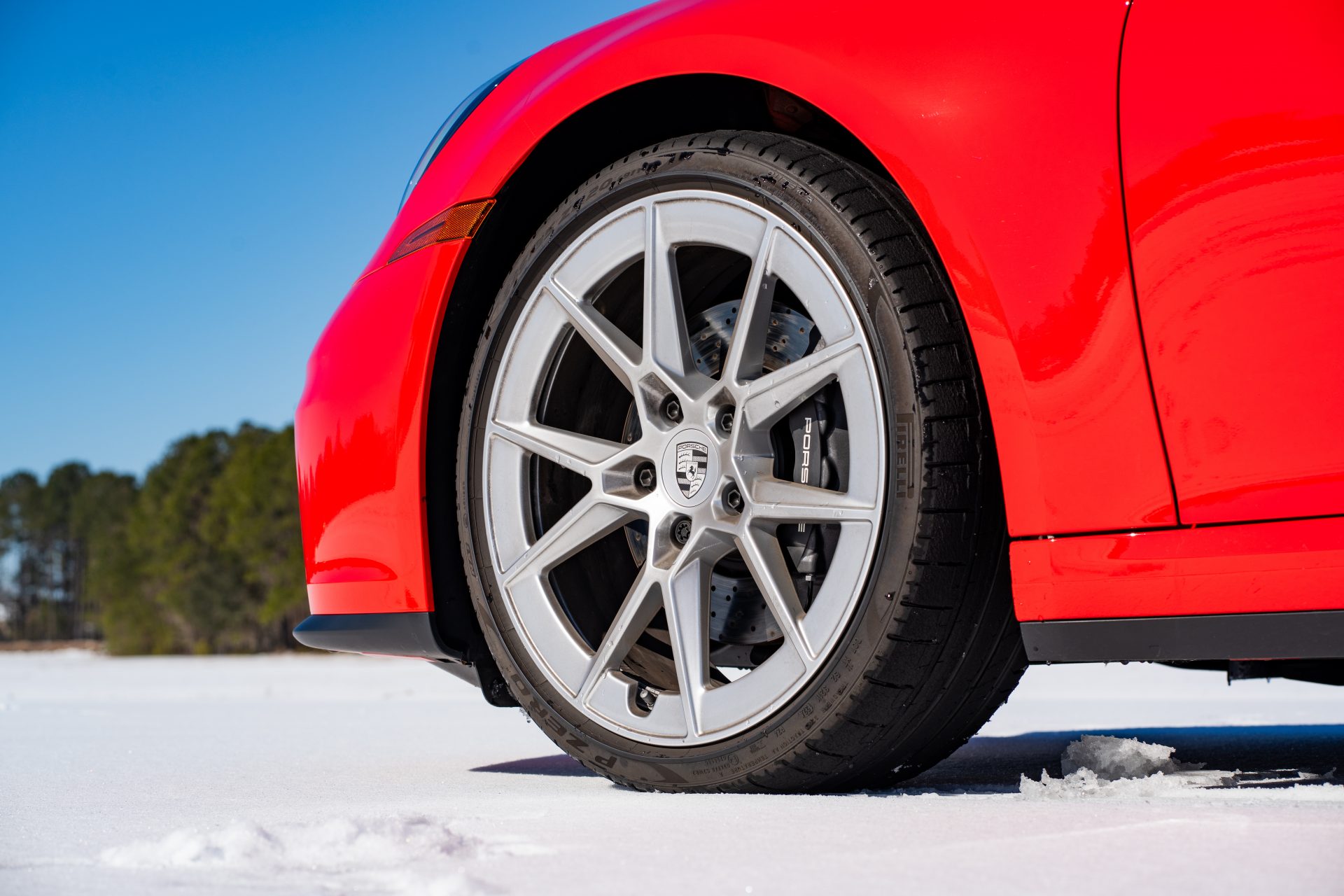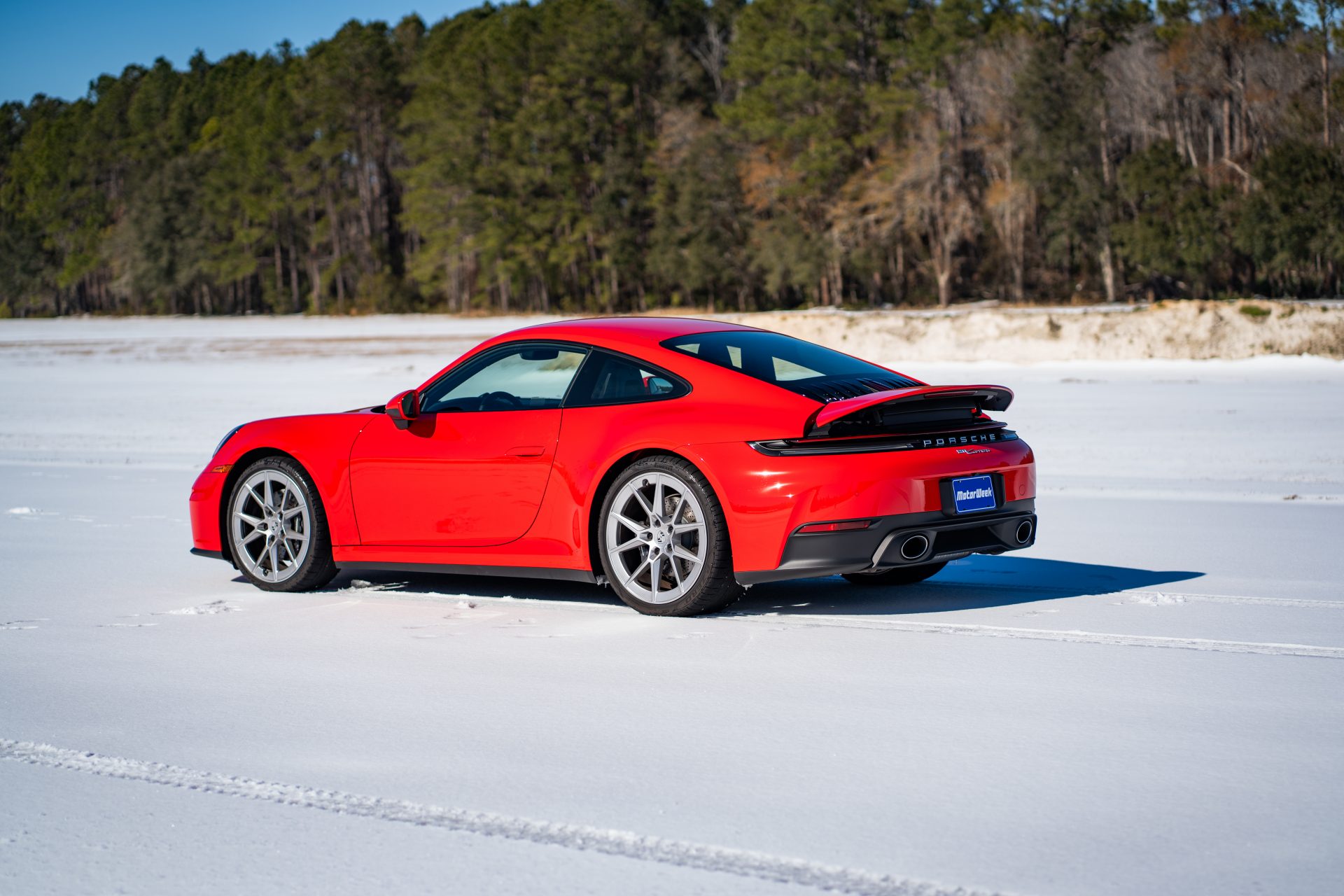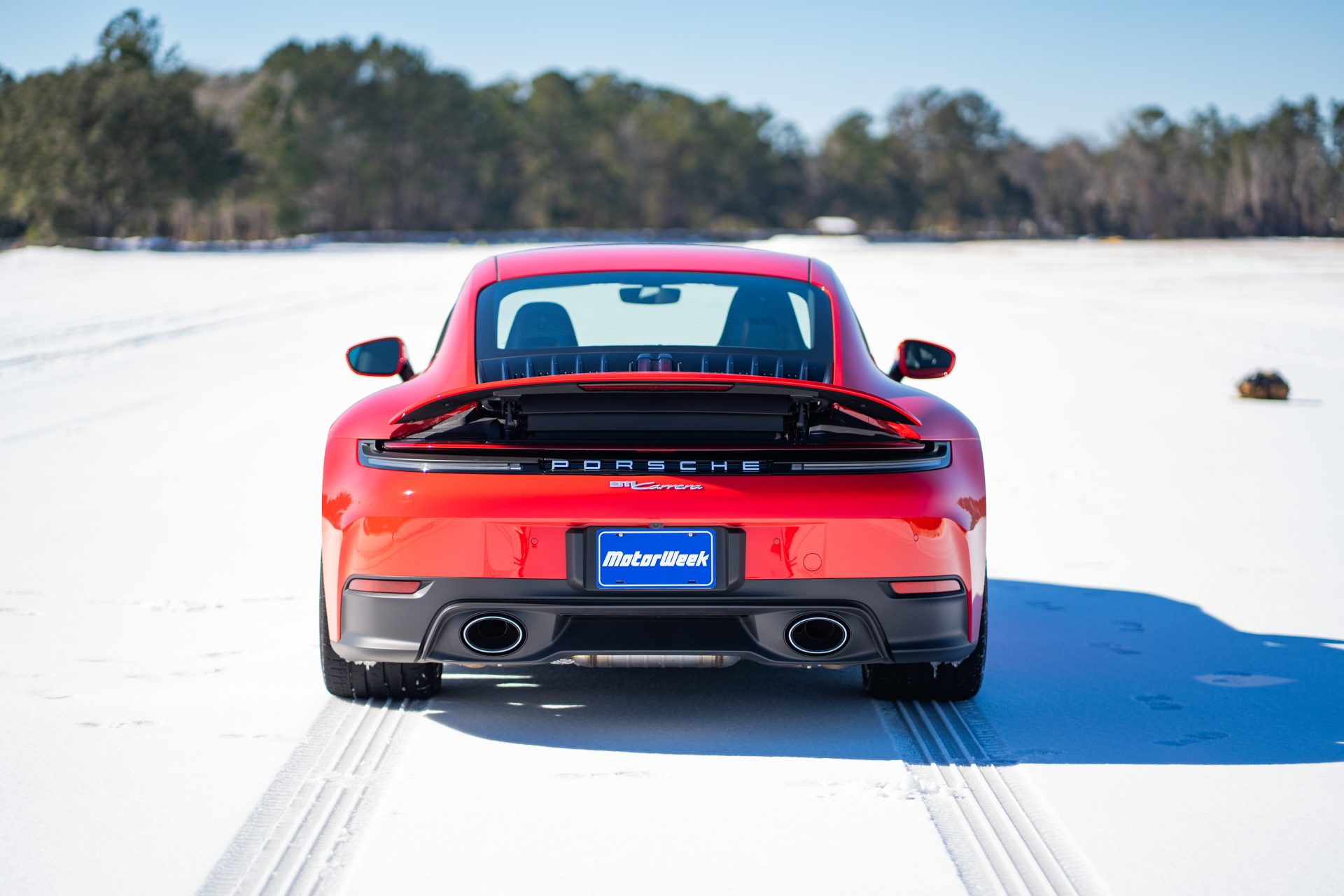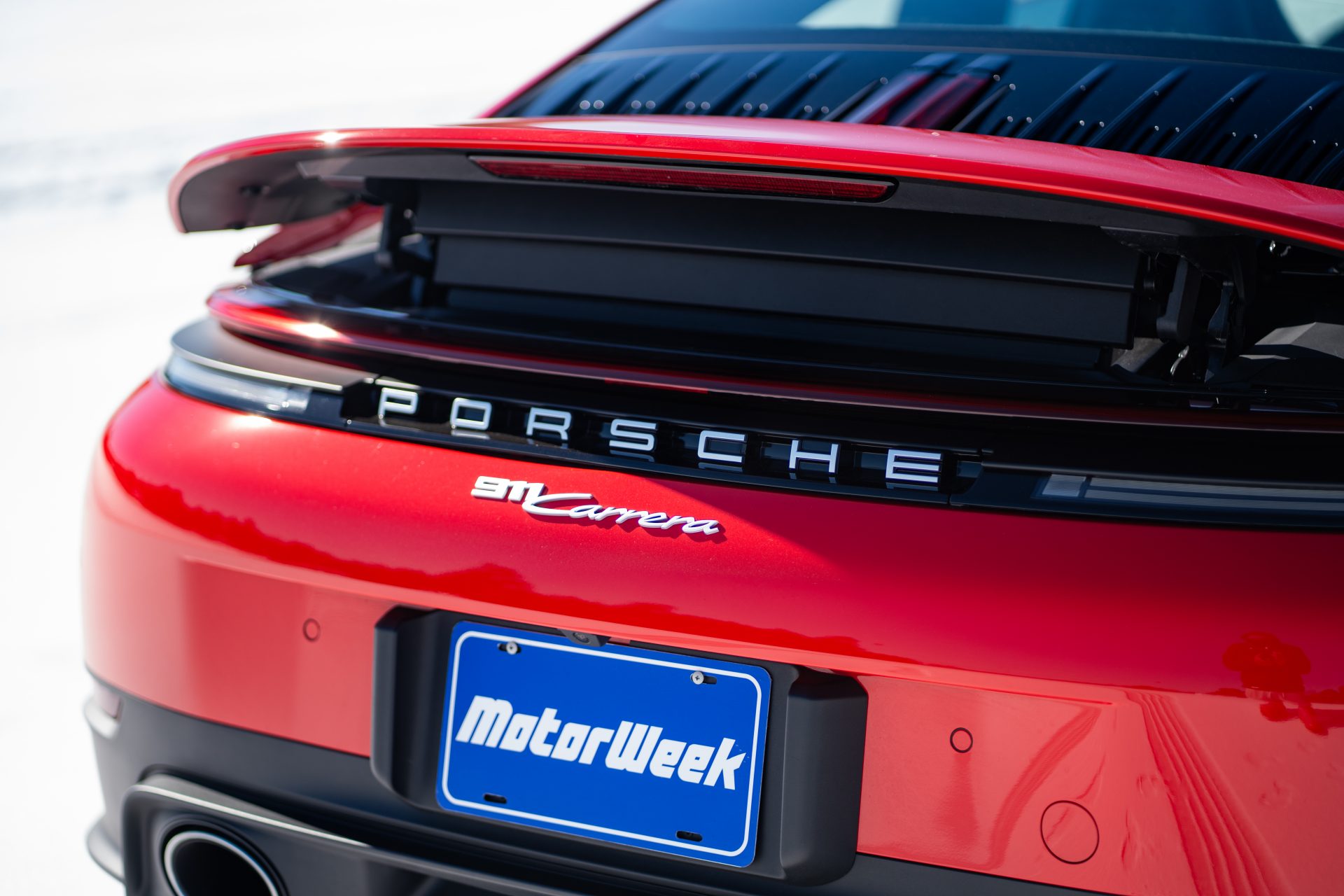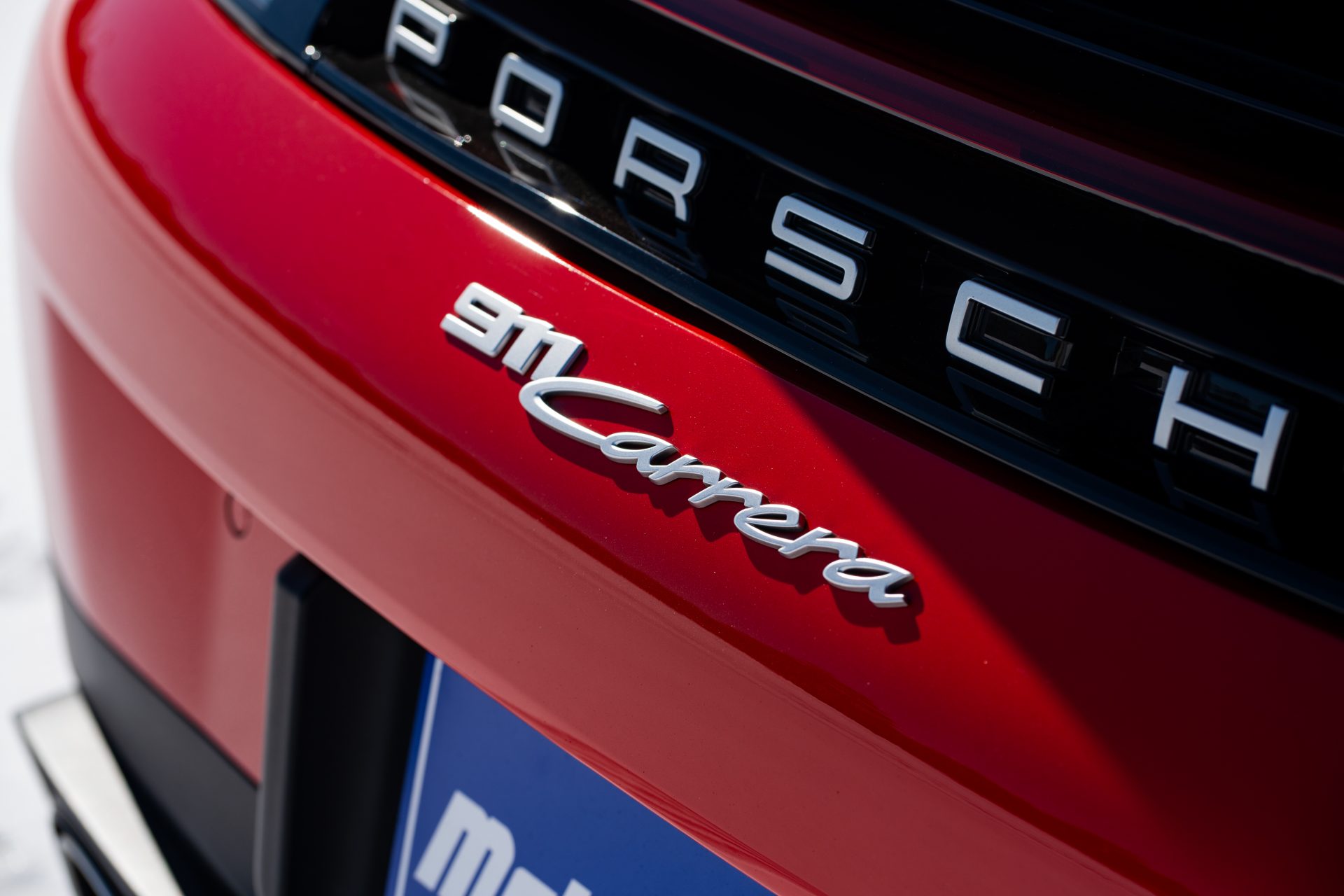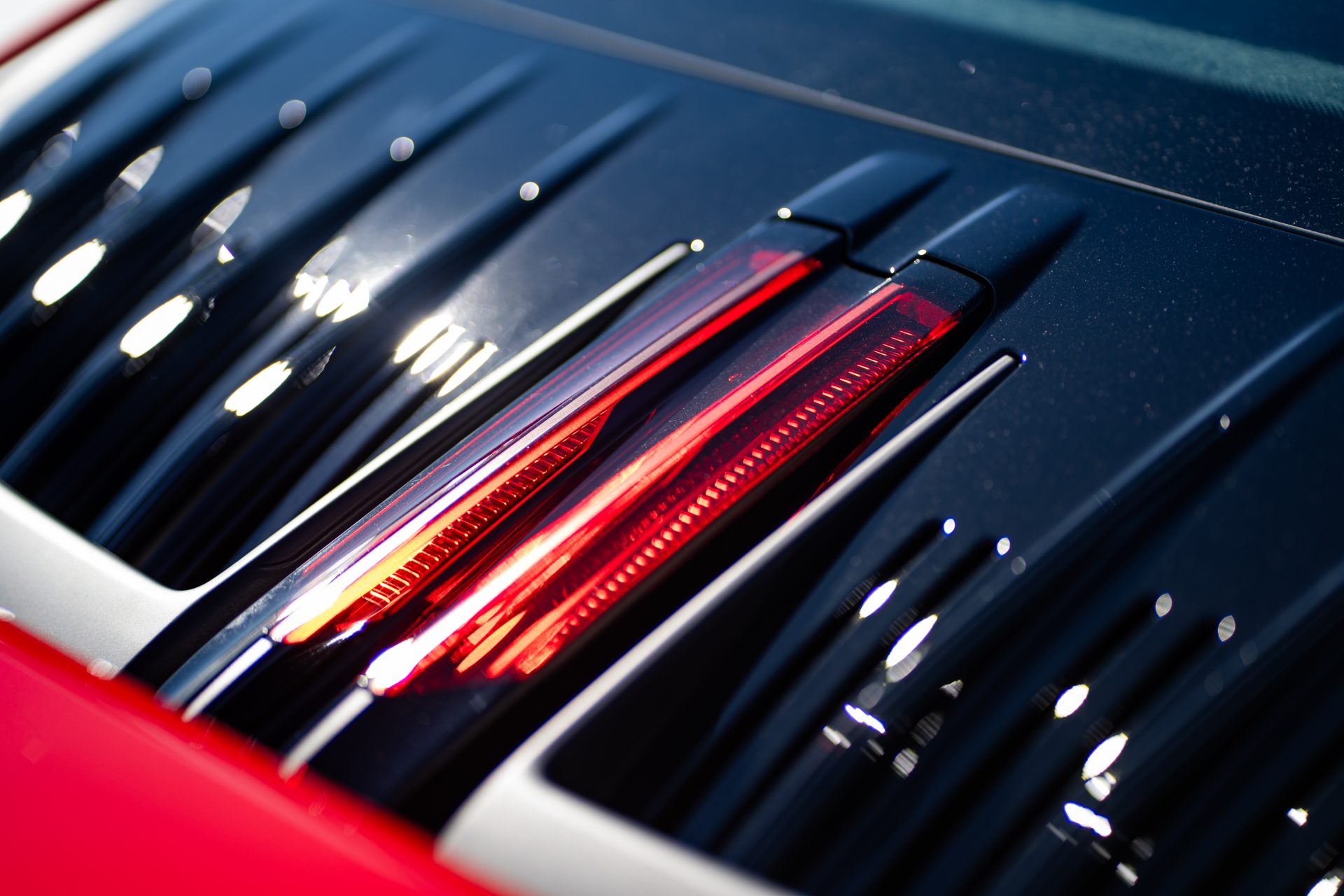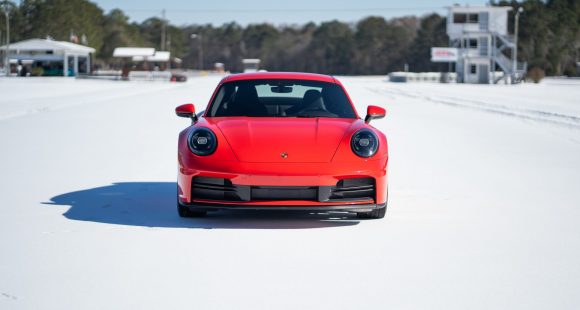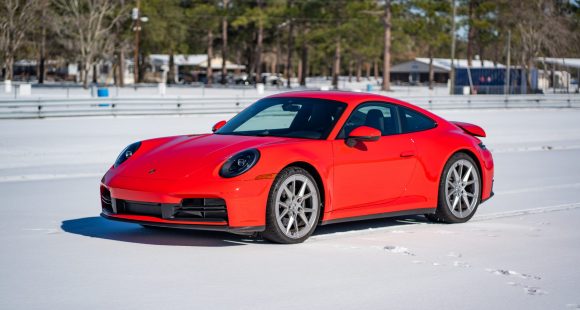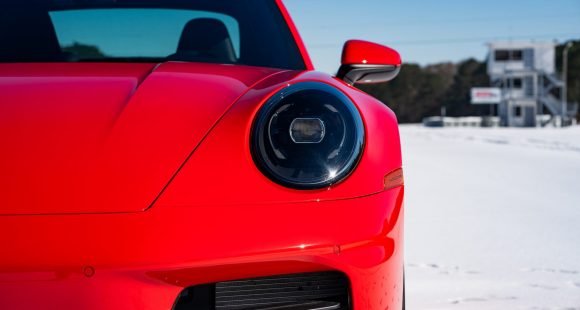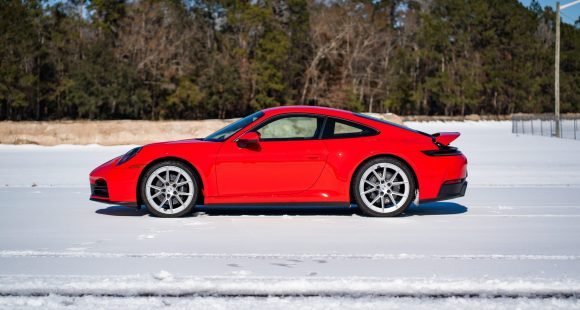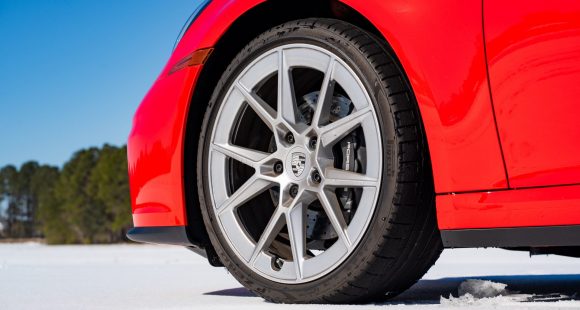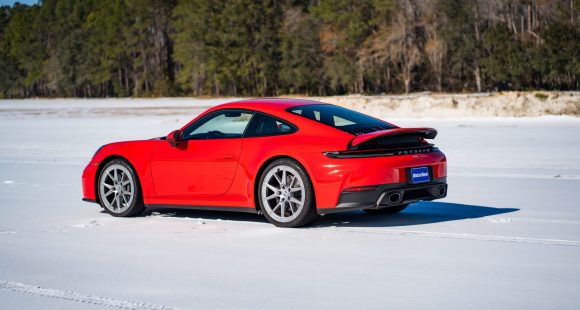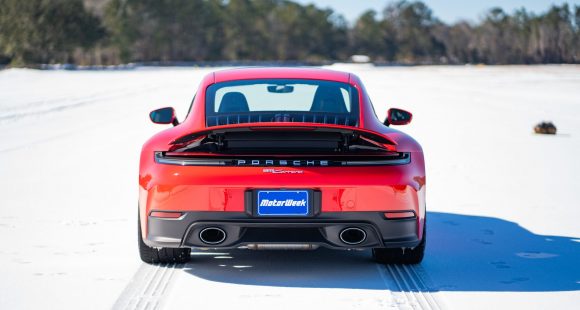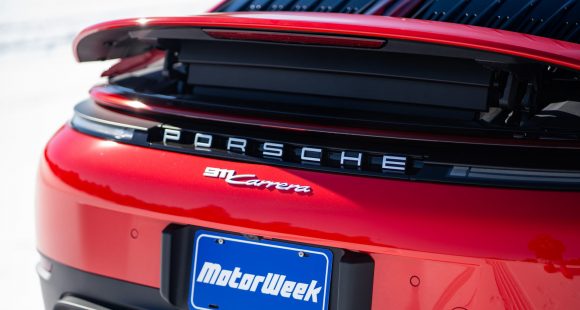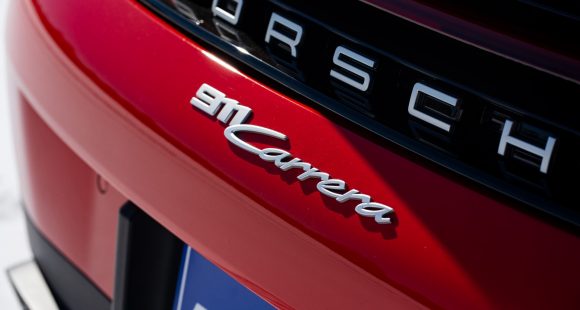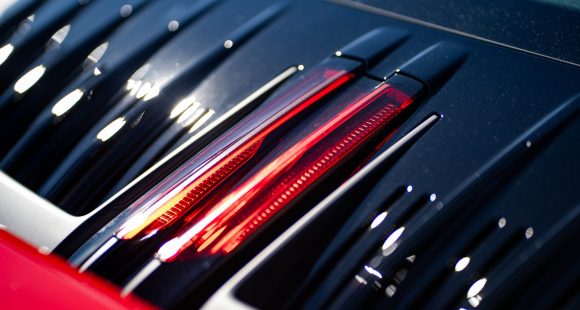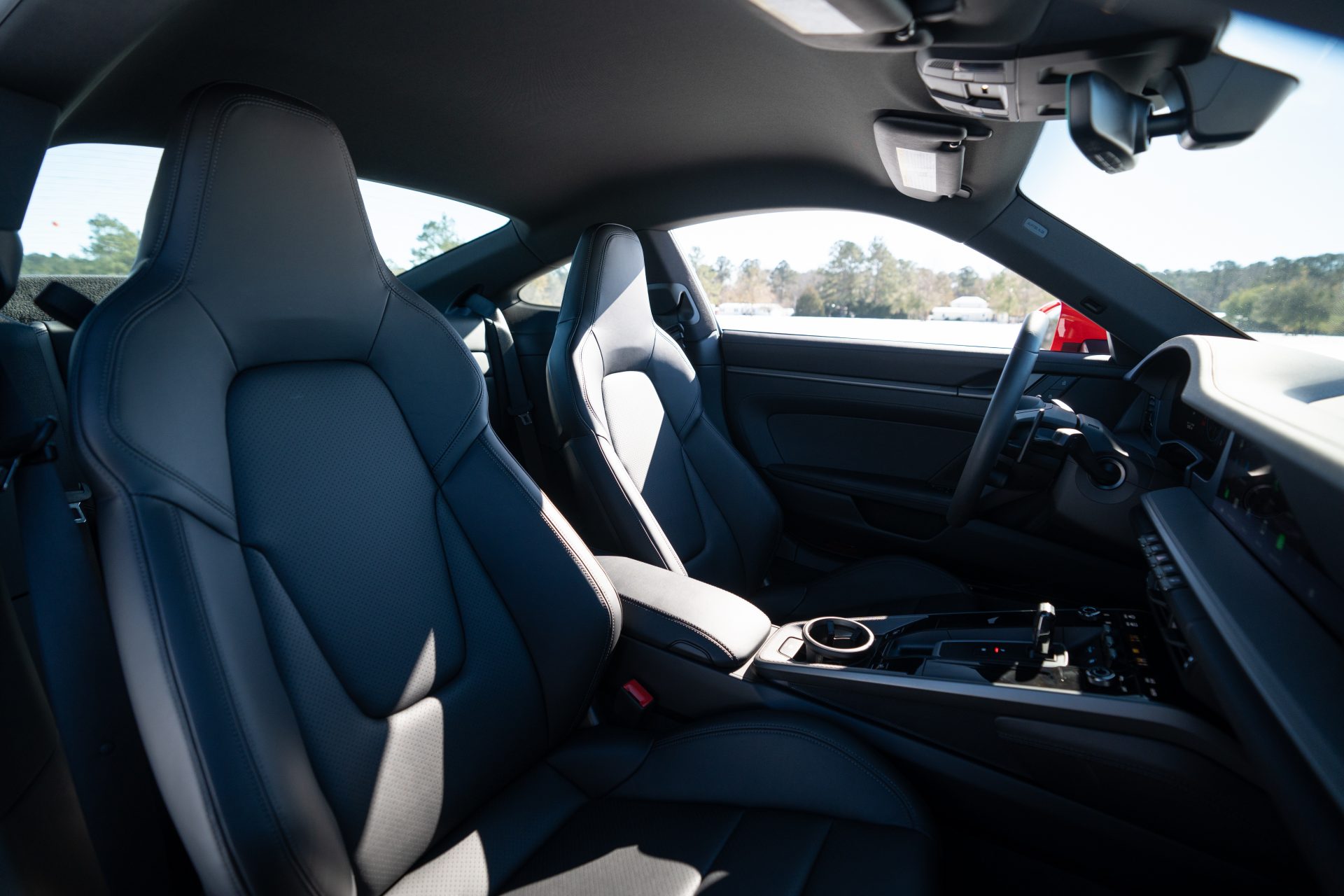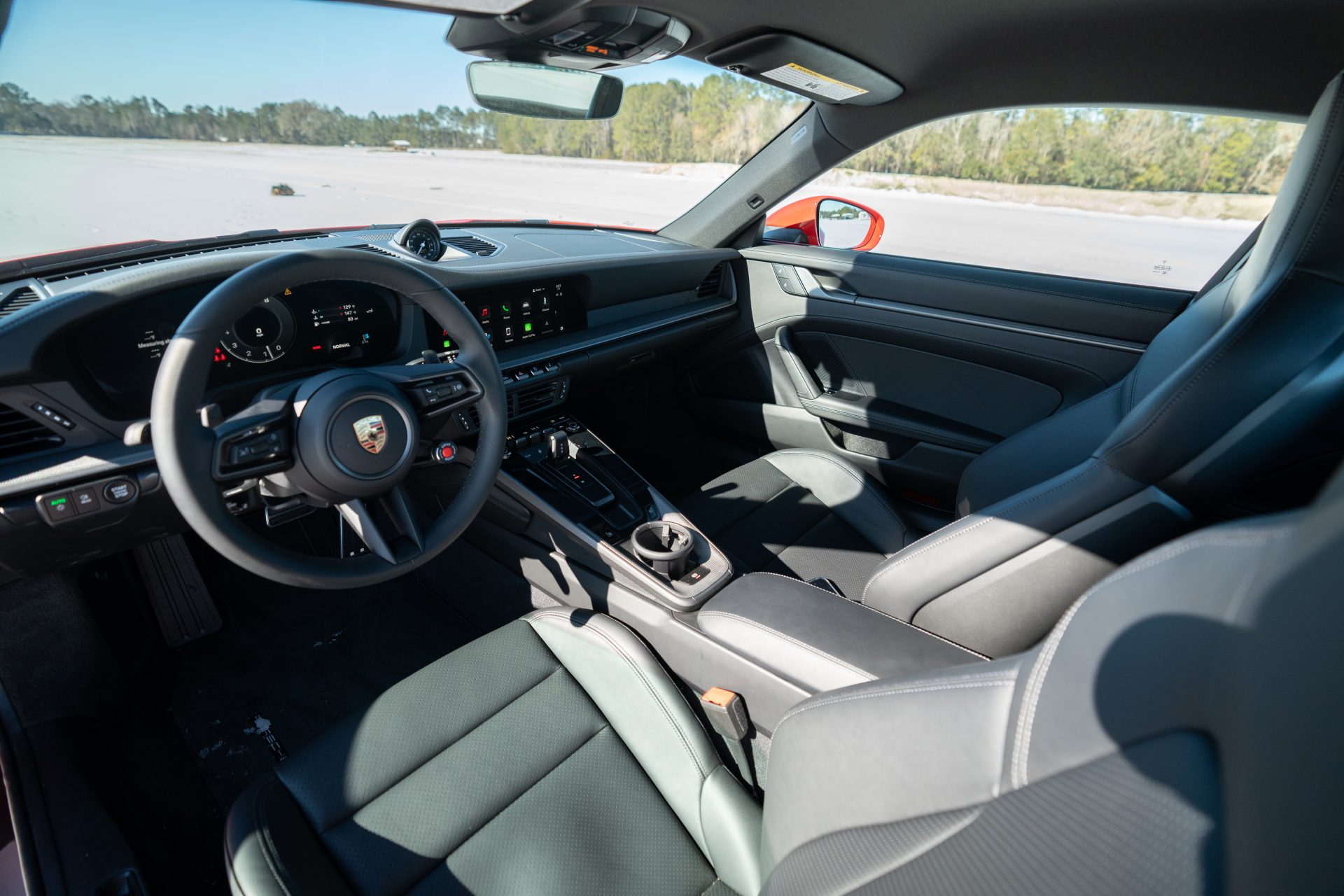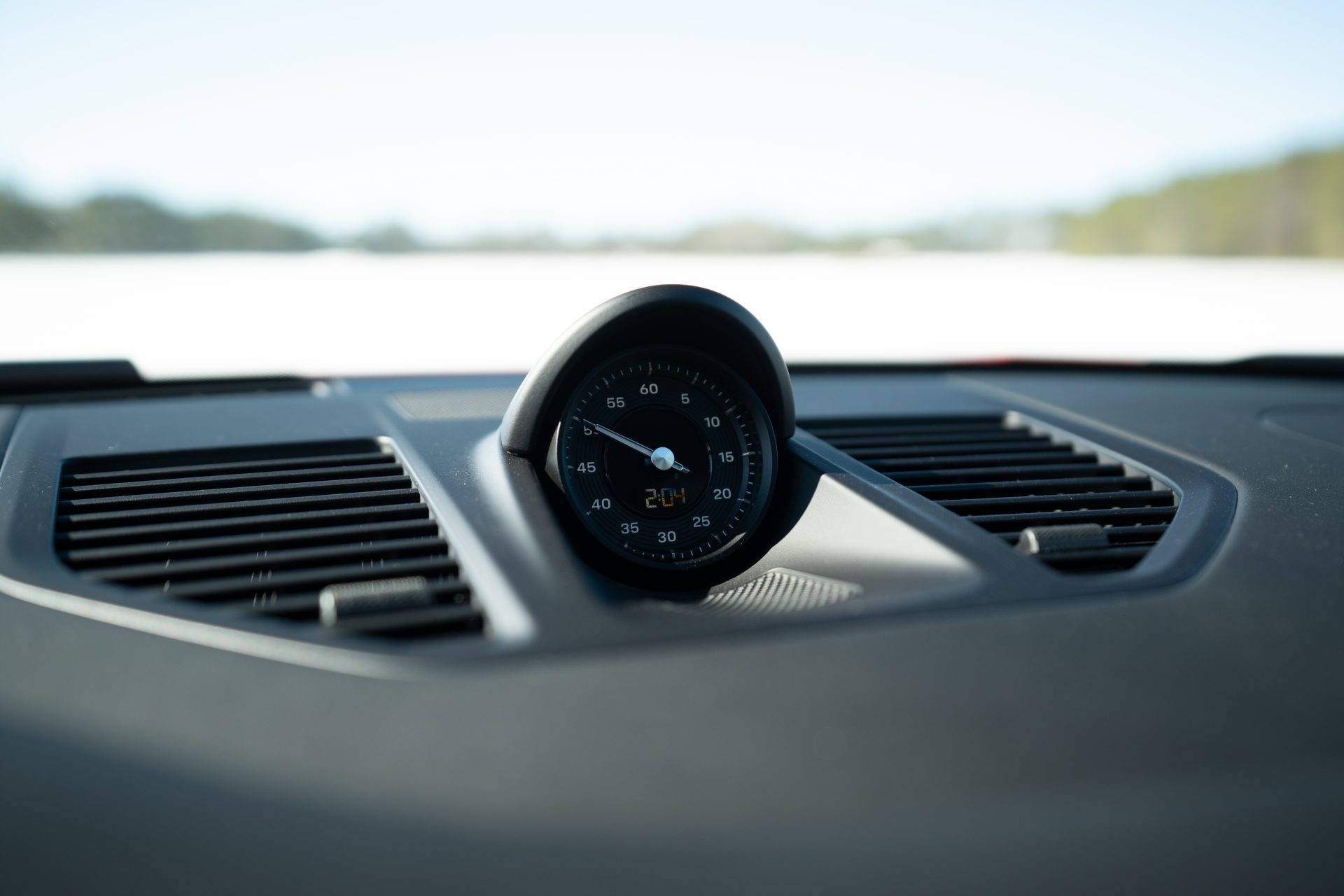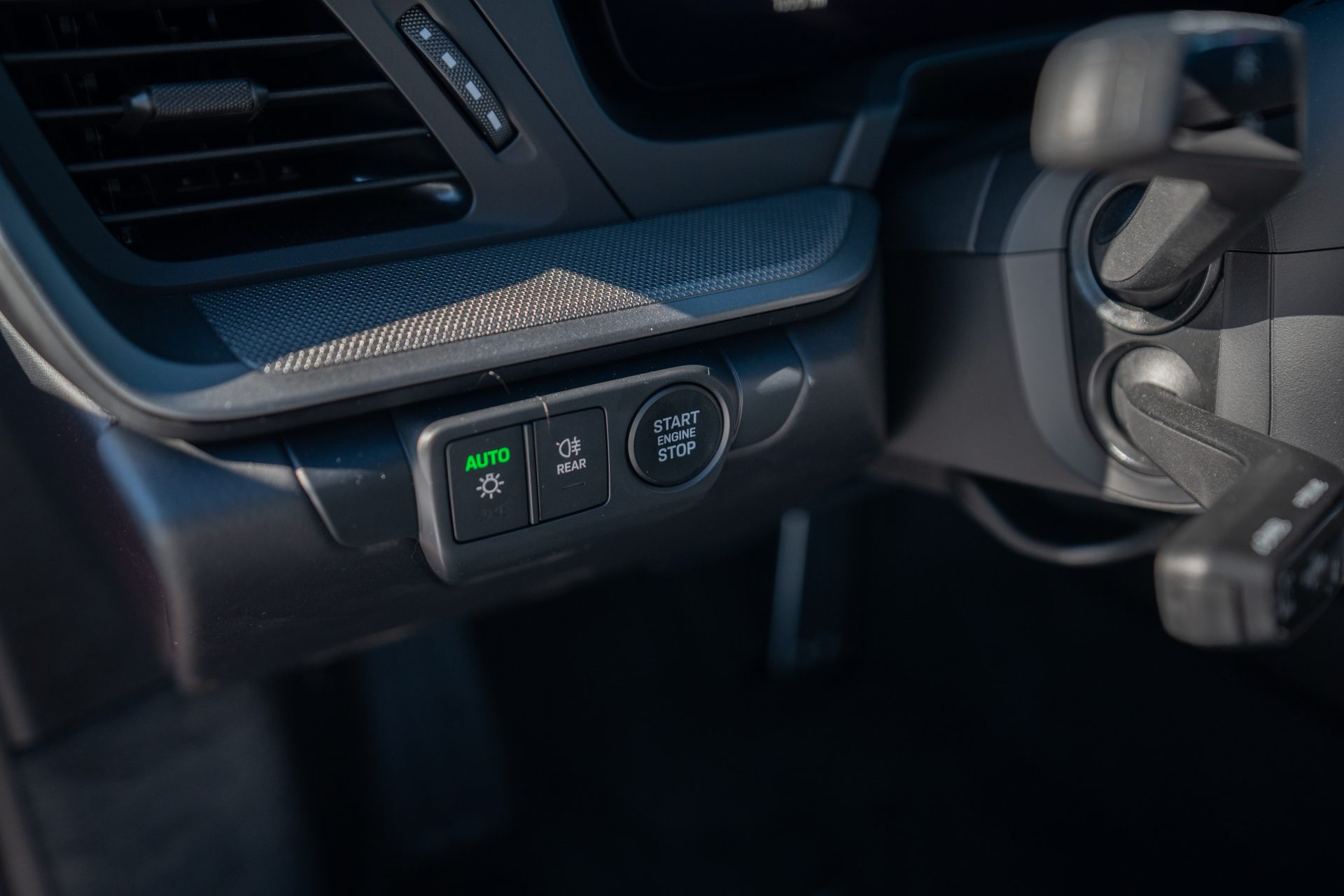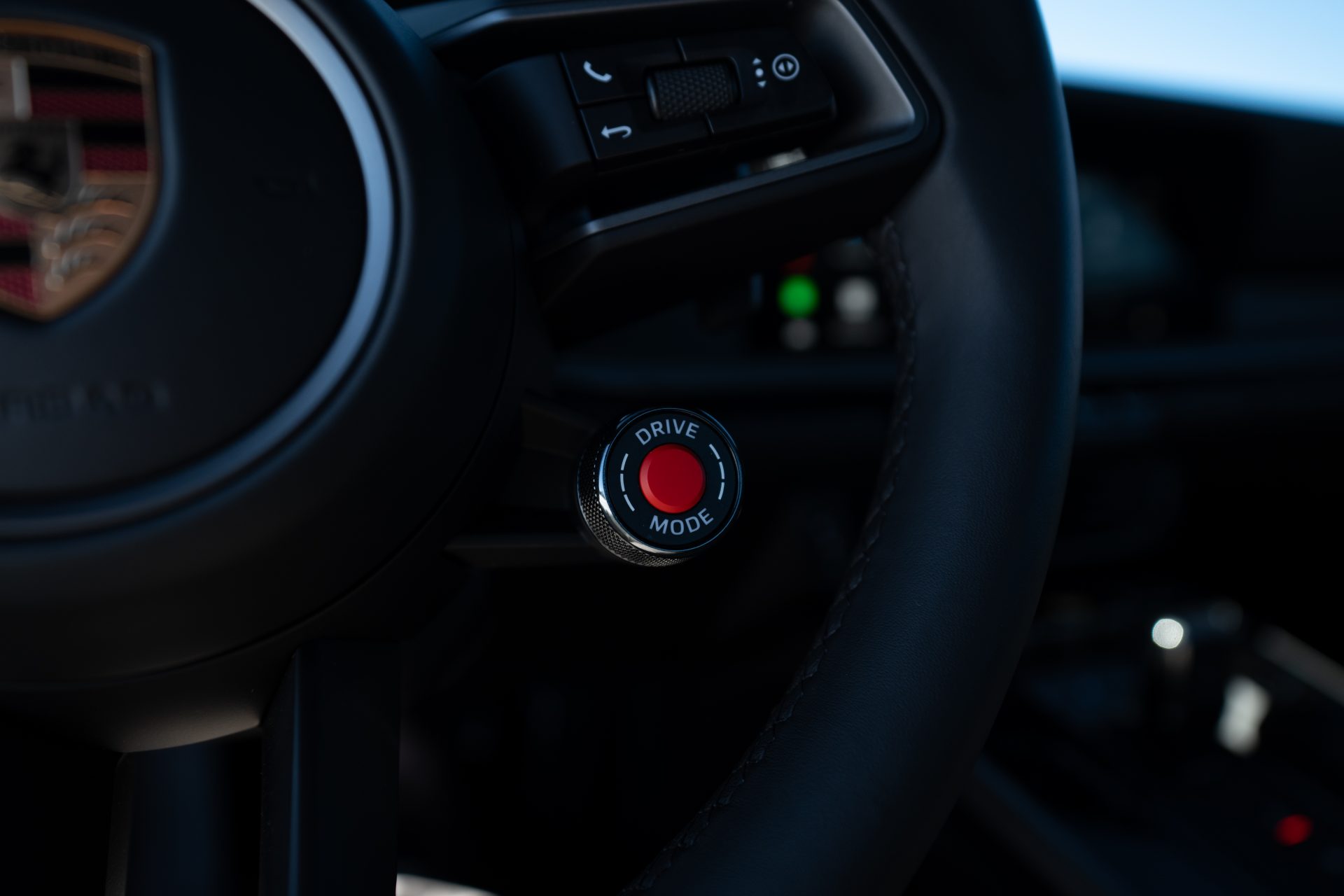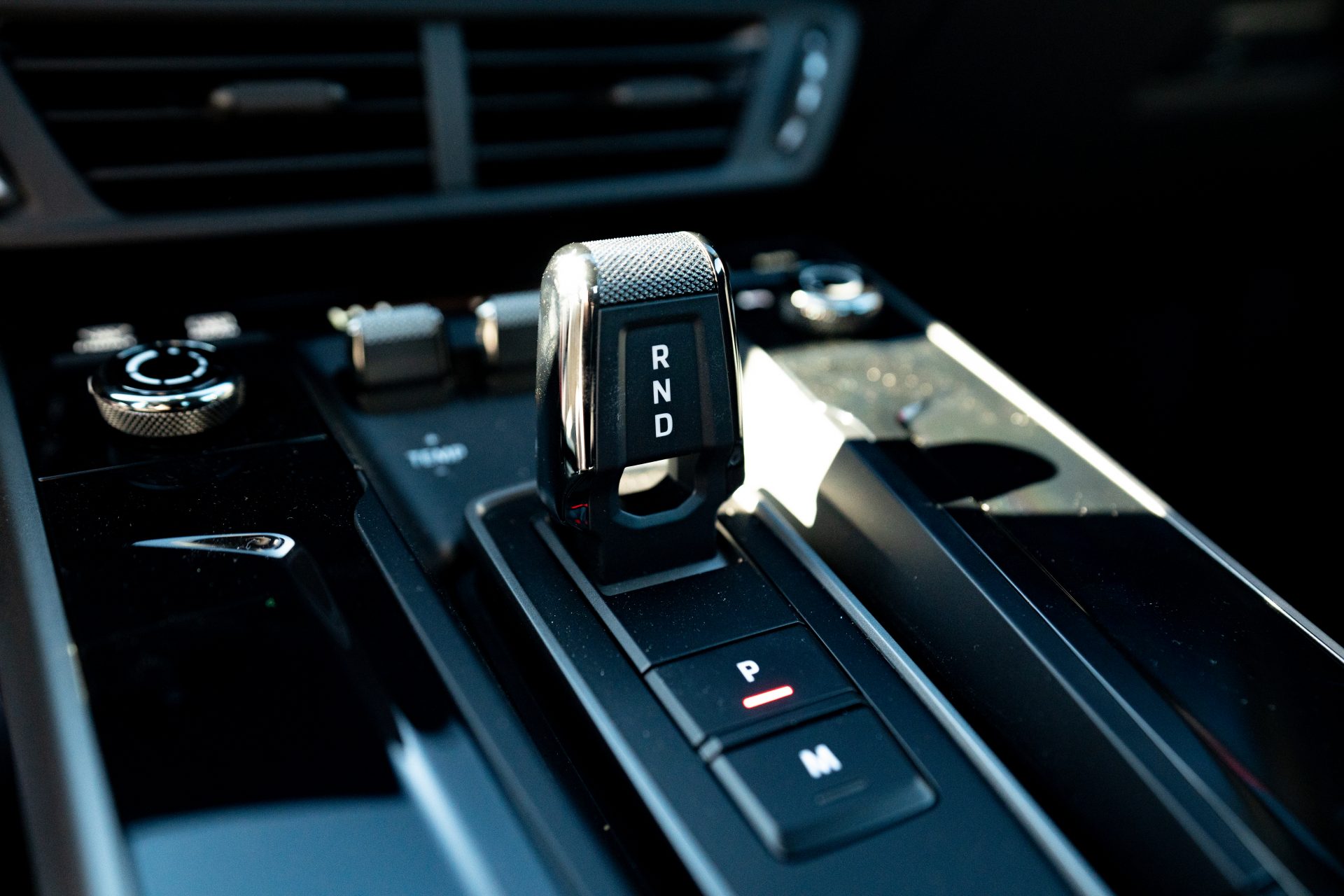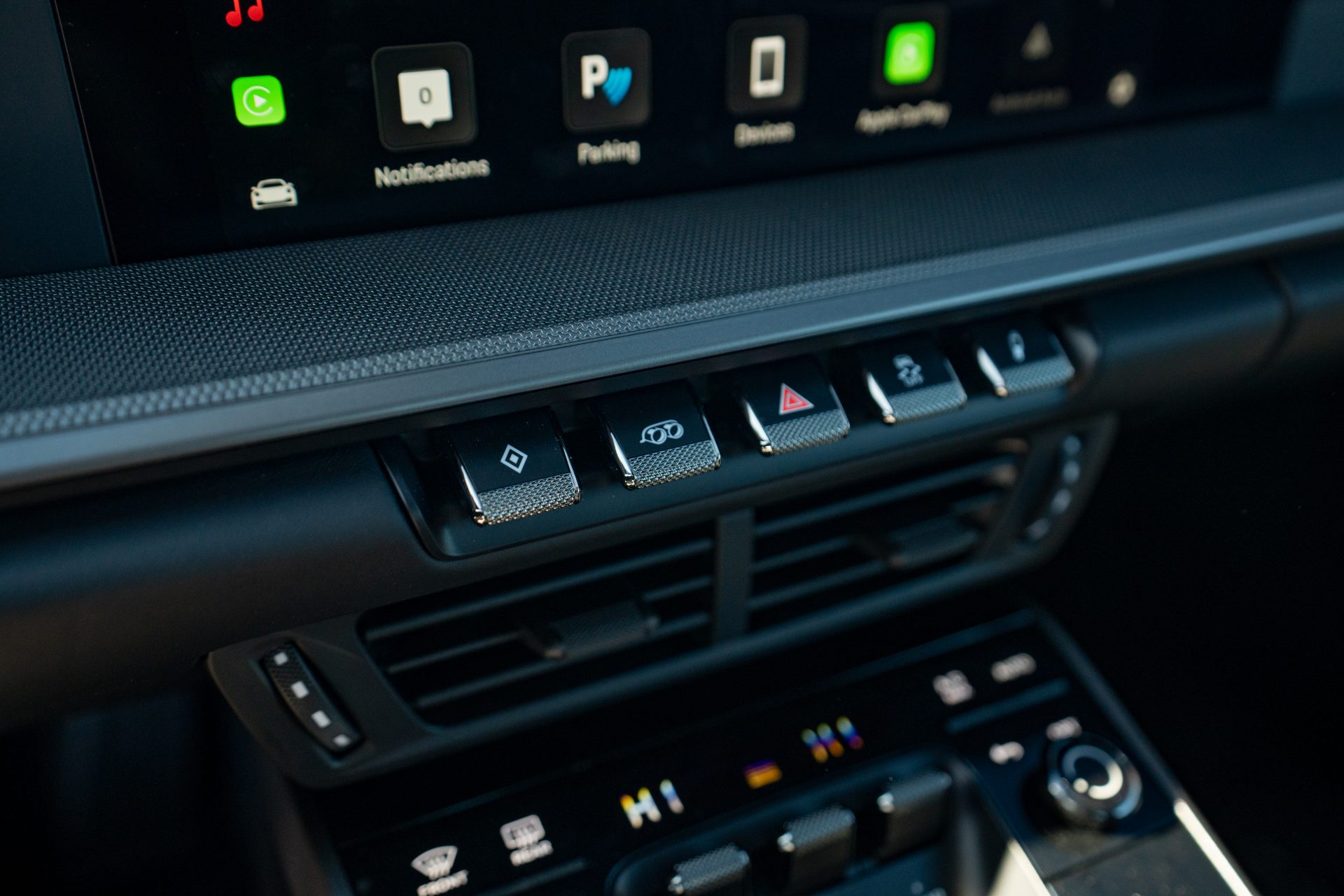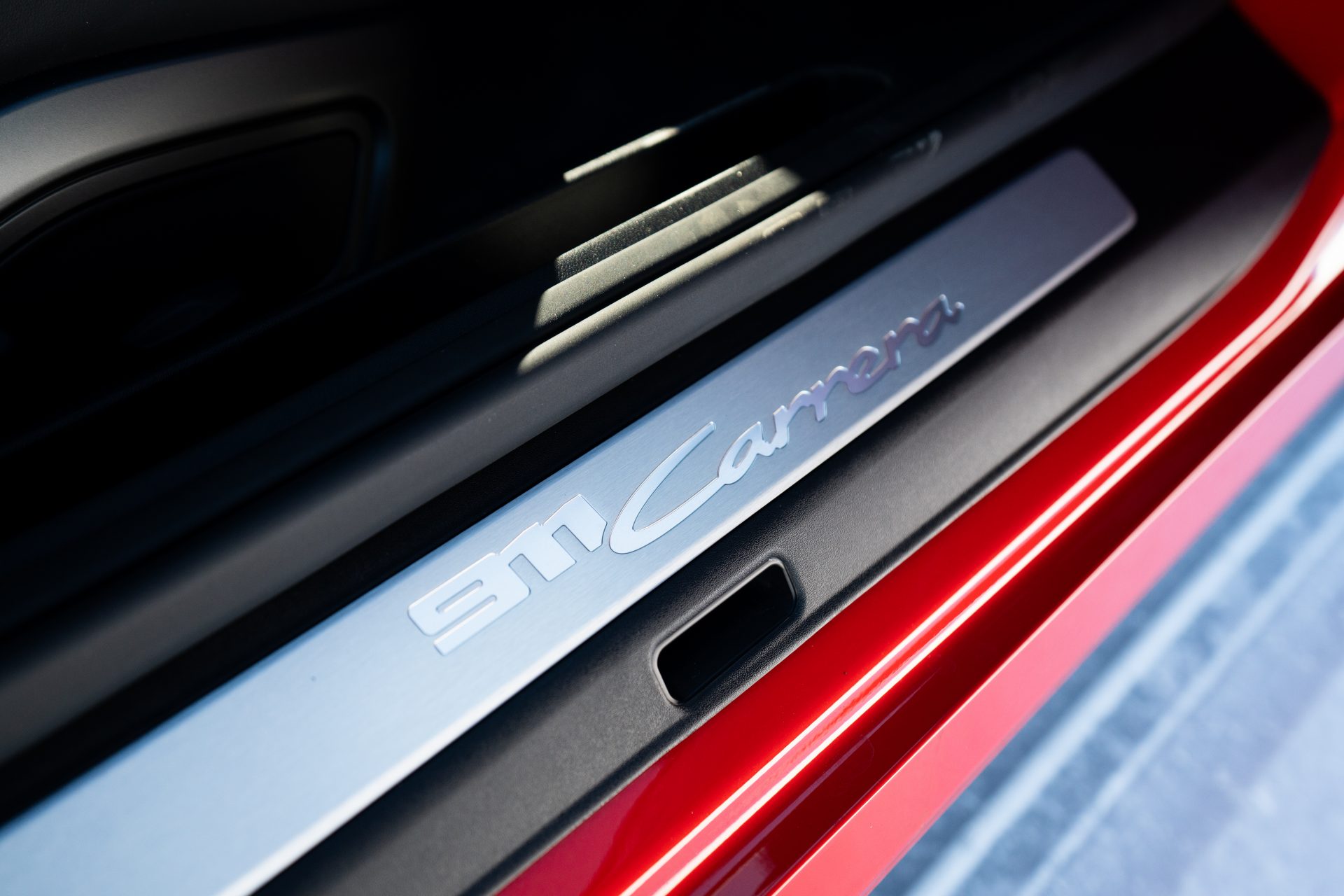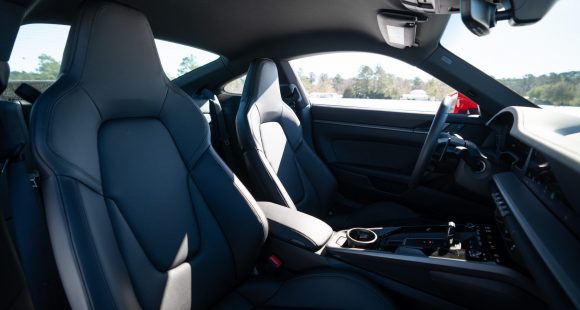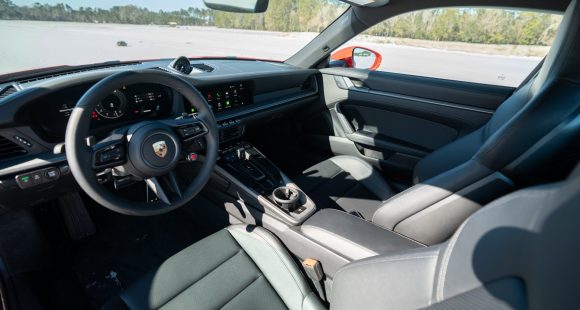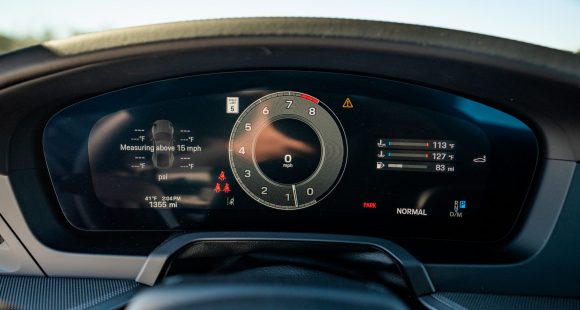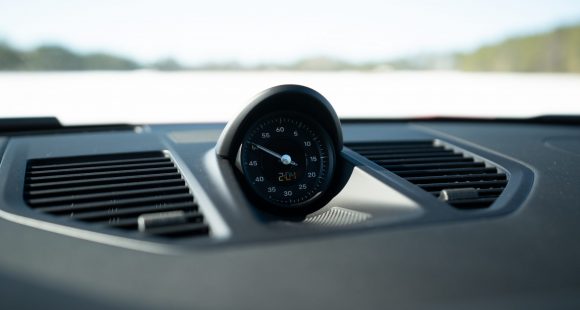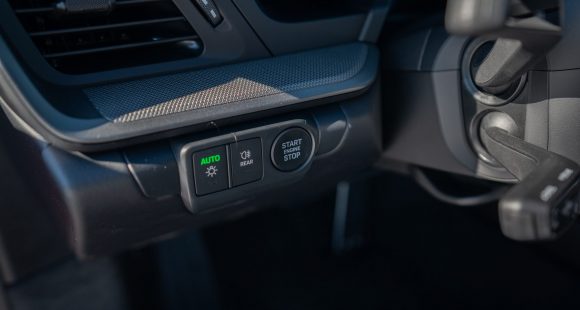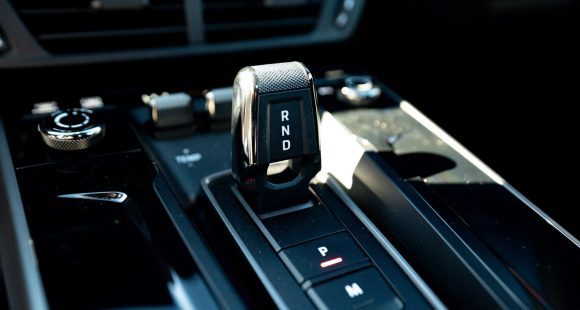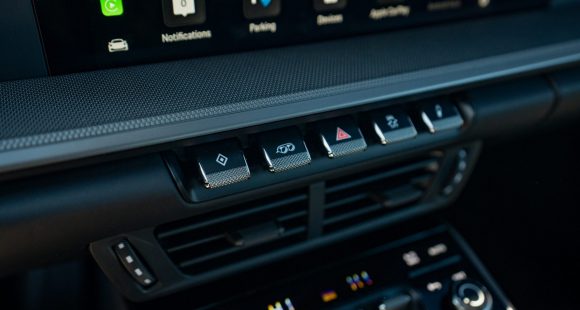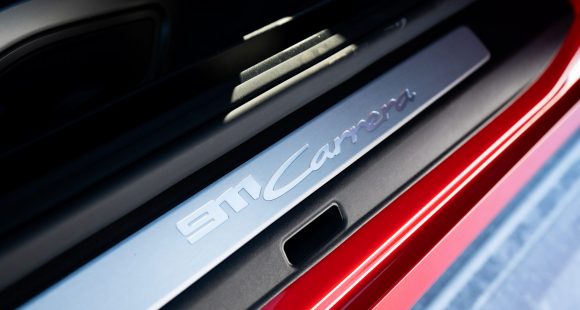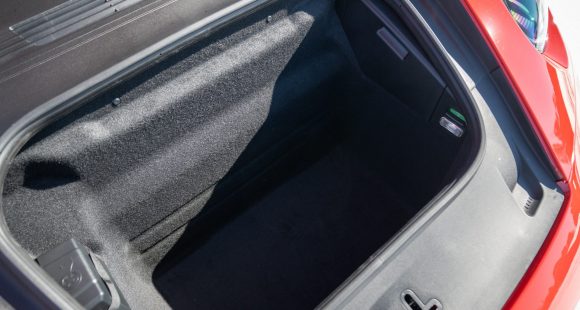2012 Volkswagen Beetle
Volkswagen literally means people’s car, and that’s exactly what Ferdinand Porsche intended, a mechanically simple rear-engined car that every family could own. But those driving it started calling it Käfer, or Beetle. And the rest as they say is history.
The 2012 Volkswagen Beetle is the first redesign since the New Beetle arrived on a front-wheel drive chassis in 1998. And, while the iconic shape is still with us, it now looks bulked up with a dose of steroids. No longer a cute little critter, the Beetle looks like crawled out of a cave, with a bolder, more masculine look. The Beetle is longer, by 7.3 inches, wider by 3.3, and even a bit lower.
Up front, the bug brightens our days with Bi-Xenon headlights, a first for the Beetle, along with trendy LED daytime running lights. A small chrome strip crosses the blacked out lower grille in the bumper. A nice accent on our silver Beetle, but less so with other colors. The added size is most evident by a much longer hood, wider fenders, wheels spread to the corners, and a flattened roofline. This bug looks ready to rumble. Out back there is less change. Our car’s came rear spoiler’s is standard only on the Beetle Turbo.
Our bug’s familiar 2.0 liter turbocharged four rated at 200 horsepower and 207 lb-ft of torque. It couples to a 6-speed manual or our car’s 6-speed DSG dual-clutch automatic. The standard Beetle uses a carryover 170-horsepower 2.5 liter 5-cylinder. Scurrying off the line, our Beetle Turbo proved plenty quick taking only 6.6 seconds to reach 60 mph. The quarter mile goes by in 15.2 seconds at 95 miles per hour. Launch was firm even with a bit of turbo lag and the engine’s demeanor remains calm.
Turn ins are equally swift. The Beetle is a ball of cornering fun at lower speeds. Steering is well weighted. No need for RAID here. At higher speeds, it does get a bit sloppy. The soft springs start allowing more body roll, so you tend to backoff long before understeer becomes a problem. 18-inch all weather rubber on smart looking alloy wheels kept our Beetle’s grip nice and straight. Stops from 60 averages a fine 126 feet. The ABS Plus all-disc brakes exhibited little fade and the pedal had a solid but tactile feel.
When time for the people’s streets, we infested as many roads as we could. The Beetle is a fun ride, no matter where you take it. We loved the smooth ride and quick glances we got wherever we went.
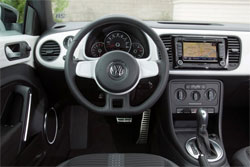 The interior has been completed updated with gadgets that original Beetle owners would never have imagined. We found some of the most comfortable leather seats around. An easy to read, and quite serious three-gauge cluster with a multi function display. Our car’s center console was framed by two air vents with an infotainment screen for GPS and alike. No-nonsense climate controls are set just below. While the traditional flower vase is gone, this Bug does retain the Beetle Bin second glove box. One newbee is the panoramic sunroof. But, our favorite inside feature is the crystal clear sound of the Fender premium audio system.
The interior has been completed updated with gadgets that original Beetle owners would never have imagined. We found some of the most comfortable leather seats around. An easy to read, and quite serious three-gauge cluster with a multi function display. Our car’s center console was framed by two air vents with an infotainment screen for GPS and alike. No-nonsense climate controls are set just below. While the traditional flower vase is gone, this Bug does retain the Beetle Bin second glove box. One newbee is the panoramic sunroof. But, our favorite inside feature is the crystal clear sound of the Fender premium audio system.
There is surprisingly easy access to the back row. Head and legroom are tight for anyone over five-foot-ten. In fact, allocating the limited legroom is a definite concern in both front and rear. Trunk room is large for this little critter. With the seats up, it’s a generous 15.4 cubic feet, with the 50/50 folding seats down, space expands to 29.9 cubic feet.
Keeping with new world demands, the 2012 VW Beetle Turbo has Government Fuel Economy Ratings of 22-City and 30-Highway. Expect 25 in everyday driving using premium gas. That makes for a good Energy Impact Score of 13.7 barrels of oil consumed per year and an average Carbon Footprint of 7.5 annual tons of CO2 emitted.
The 2012 Volkswagen Beetle’s base price is $19,765. The Turbo starts at $24,165. Our car with automatic, navigation, premium sound, and sunroof jumps to $25,965. So, maybe this Volkswagen is not quite every people’s car anymore.
 Still, we were impressed. Excellent updates inside and out highlight this Beetle’s now beefier iconic look. All while finely tuned performance delivers a bug that can handle any “Long and Winding Road”. So “From Me to You” enjoy this “Day Tripper” and when people ask, tell them they really should buy a “Ticket to Ride” the 2012 Volkswagen Beetle.
Still, we were impressed. Excellent updates inside and out highlight this Beetle’s now beefier iconic look. All while finely tuned performance delivers a bug that can handle any “Long and Winding Road”. So “From Me to You” enjoy this “Day Tripper” and when people ask, tell them they really should buy a “Ticket to Ride” the 2012 Volkswagen Beetle.
Specifications
- Engine: 2.0 liter
- Horsepower: 200
- Torque: 207 lb-ft
- 0-60 mph: 6.6 seconds
- 1/4 mile: 15.2 seconds @ 95 mph
- EPA: 22 mpg city/ 30 mpg highway
- Energy Impact: 13.7 barrels oil/yr
- CO2 Emissions: 7.5 tons/yr
2025 Subaru WRX tS
Subaru’s “World Rally eXperimental” Gets Tecnica-Tuned Tech
Building on its global rally heritage, WRX has been a standalone Subaru nameplate, marketed separately from garden variety Impreza, for two generations now. And while the current WRX still lacks the full STI treatment, this WRX tS serves up some of that high-performance spice we’ve been longing for.
Before we go flat out into our Track Test of this 2025 Subaru WRX tS, lets open the Subaru dictionary so we’re all on the same page. “tS” stands for “tuned by STI;” and “STI” is an acronym for “Subaru Tecnica International,” the brand’s high-performance sub-group best known for upgrading the WRX— oh, that stands for “World Rally eXperimental,” in case you didn’t know.
All that said, STI has been largely dormant for this WRX generation, but this tS sprinkles more of their engineering magic into the mix. No, that doesn’t mean extra power, but does mean significant chassis-related improvements.
First, electronically controlled dampers, adjustable through the 11.6-inch tablet-style infotainment screen. That meant a softer “comfort” mode on the 10+ hour commute to and from Savannah’s Roebling Road Raceway. But once we were there, it was the firmer “Sport+” setting all the way, heightening response from the WRX’s throttle and already quick dual-pinion power steering system. There’s still some body roll for rally-esque weight transfer, but it’s well sorted and provides the “toss-ability” you want in a WRX.
Though if you do autocross your tS, which we implore you to do, you might feel the six-piston front, two-piston rear Brembo brakes first. The bite is strong, giving good rotation in the corners and plenty of “halt” for this 3,400 lb. compact with minimal fade, keeping us on track all week…until some unfortunate winter weather passed overhead. No worries here, as Subaru’s Symmetrical All-Wheel-Drive system got us to the track for some powdered deserts: Frosted donuts served up Michelin style, a set of winter tires different from the grippy Bridgestone Potenza S007 rubber the tS typically rides on. Some prior hot laps of California’s Sonoma Raceway gave credence to those Bridgestones, and showed us what this hot-compact can do in ideal conditions.
It’s well sorted and provides the “toss-ability” you want in a WRX.
Other tS enhancements are cabin-based, namely these beautiful blue Recaros. Most of our staff appreciated their moderately-aggressive bolstering on both street and track. And they’re even heated, too. Another tS-only appointment is this 12.3-inch digital gauge display. It mimics the standard analog gauges with some additional info, but can switch to a navigation mode for more convenient route guidance.
We do wish our tS came in the new Galaxy Purple or the trademark World Rally Blue, but this Crystal White paint wasn’t too shabby, contrasting its Cherry Blossom Red badging and blacked-out lip spoiler. Otherwise, the tS is like any other WRX, down to the hood scoop funneling air to the top-mounted intercooler.
Underneath is the same turbocharged 2.4-liter flat-four in all other trims, boxing at 271 horsepower and 258 lb-ft of torque. The freak winter weather stopped straight-line testing, but a 0-60 time estimate of 5.5 seconds is about as spry as you realistically need, pulling strong through most of the tach; though the 6,000 RPM redline required attentive shifting of the six-speed box, which the tS comes exclusively with. The throws are precise, if a little long, and the clutch is wonderfully weighted.
With discontinuation of the Base trim, pricing for the WRX now starts with Premium at $36,920. The tS is at the top of the lineup with the automatic-only GT, both starting at $46,875. All WRXs continue to be made in Gunma, Japan.
If you’re an enthusiast itching to do the tuning yourself, perhaps the 2025 Subaru WRX tS is not for you. But if you want a plug-and-play experience, this is it. While it won’t exactly bestow the loose-cannon, top-level driving skills exhibited by famous WRC drivers upon you, the tS moves this WRX’s game in a direction we’ve so desperately wanted Subaru to take.
Specifications
As Tested
- Engine: 2.4-liter flat-four
- Tranmission: 6-speed manual
- Horsepower: 271
- Torque: 258 lb-ft
2025 Porsche 911 Carrera
Ever Evolving 911 Reaches New Heights
The Porsche 911 has existed for 60 years now! Amazing! And, you could argue that major changes over all those years have been relatively few, as constant incremental improvement is more the way that Porsche does business. With that in mind, let’s hit the track in the latest 911 and see what constant improvement means for 2025.
We’ve driven so many 911s here at MotorWeek, each seemingly more special than the last, so it’s a bit refreshing to be ripping around Savannah’s Roebling Road Raceway in a 2025 Porsche 911 that’s about as close as you can get to base these days. And the fact that it’s just as fun as all those exclusive pieces says a lot about how far the 911 has come. Perhaps it also speaks to how much a base 911 will set you back today as well; more on that later.
For now, we’re just thinking about the next apex, holding steady throttle as we approach, and getting on it way sooner than you’d expect without upsetting anything, as the 911 rockets off the corner thanks to tremendous grip and a PDK trans that finds the perfect gear before we even gave it a thought. Even with very cold track temps, we never struggled for grip or battled any wheelspin coming off of corners. And trying to land it in that perfect spot in braking zones is easy with strong brake performance that was predictable and consistent lap after lap; no wandering, and great feedback too.
Yes, even the standard 911 is near pure perfection on a racetrack. It gives you all the right feedback, stays incredibly flat through corners, makes you always feel totally in control, and again is just plain fun. Unless you’re chasing lap times, there’s really no need to head further up the 911 tree. Though it is worth noting the few upgrades that were on our Carrera did help the situation a little. The 20- and 21-inch Carrera S wheels enabled plenty of grip from the 305 Pirelli P Zero tires, the Sport Chrono Package allows 0-60 sprints of 3.7 seconds, an extended range fuel tank meant we could lap all day without having to fill up, and the fantastic Sport Seats provided great support and better comfort than we remember experiencing in a 911. The Sport Exhaust system didn’t add anything to performance, but made things sound a whole lot better, and the oval silver tips look great too.
We never struggled for grip or battled any wheel spin coming off of corners.
Our track time got cut short thanks to a rare snowstorm in Coastal Georgia, but the white stuff and blue sky made the perfect backdrop for our Guards Red Carrera. Exterior tweaks for what is officially the 992.2 include a reshaped front fascia with improved aerodynamics. All front lighting is now contained within the Matrix Design LED headlight housing. The rear fascia has also been smoothed out, the license plate moved higher, and Porsche 3D block lettering spelled out across the back beneath the active rear spoiler and new decklid grille.
Even without Turbo in the name, the standard 911 engine is indeed a turbo these days, a 3.0-liter flat-six twin-turbo delivering 388 horsepower and 331 lb-ft strictly to the rear wheels in the Carrera Coupe.
Inside the cabin, the 911 continues its slow crawl towards the modern, now including a 12.6-inch fully digital gauge display and a start button located on the left side of the steering wheel, with drive modes easily accessible on the wheel itself. In another no brainer move, Porsche now makes the rear seat a no cost option, so you can choose if you want it or not.
Government Fuel Economy Ratings are 18 City, 25 Highway, and 21 Combined. That’s only slightly worse than average for the Energy Impact Score; 14.2 barrels of annual oil consumption with 7.0 tons of CO2 emissions.
The good news is this 911 had the fewest number of options of any Porsche that we’ve tested in some time, and it was still plenty awesome; the bad news is, a base Porsche 911 Carrera Coupe now starts at $122,095.
But can you really put value on “the force,” this mythical power that Porsche seems to have, that somehow turns average drivers into great ones? It’s useless to resist as far as we’re concerned, as it only gets better with the 2025 Porsche 911 Carrera.
Specifications
As Tested
- Engine: 3.0-liter twin-turbo flat-6
- Transmission: 8-speed PDK
- Horsepower: 388
- Torque: 331 lb-ft




